Miguel Lurgi
15 November 2024
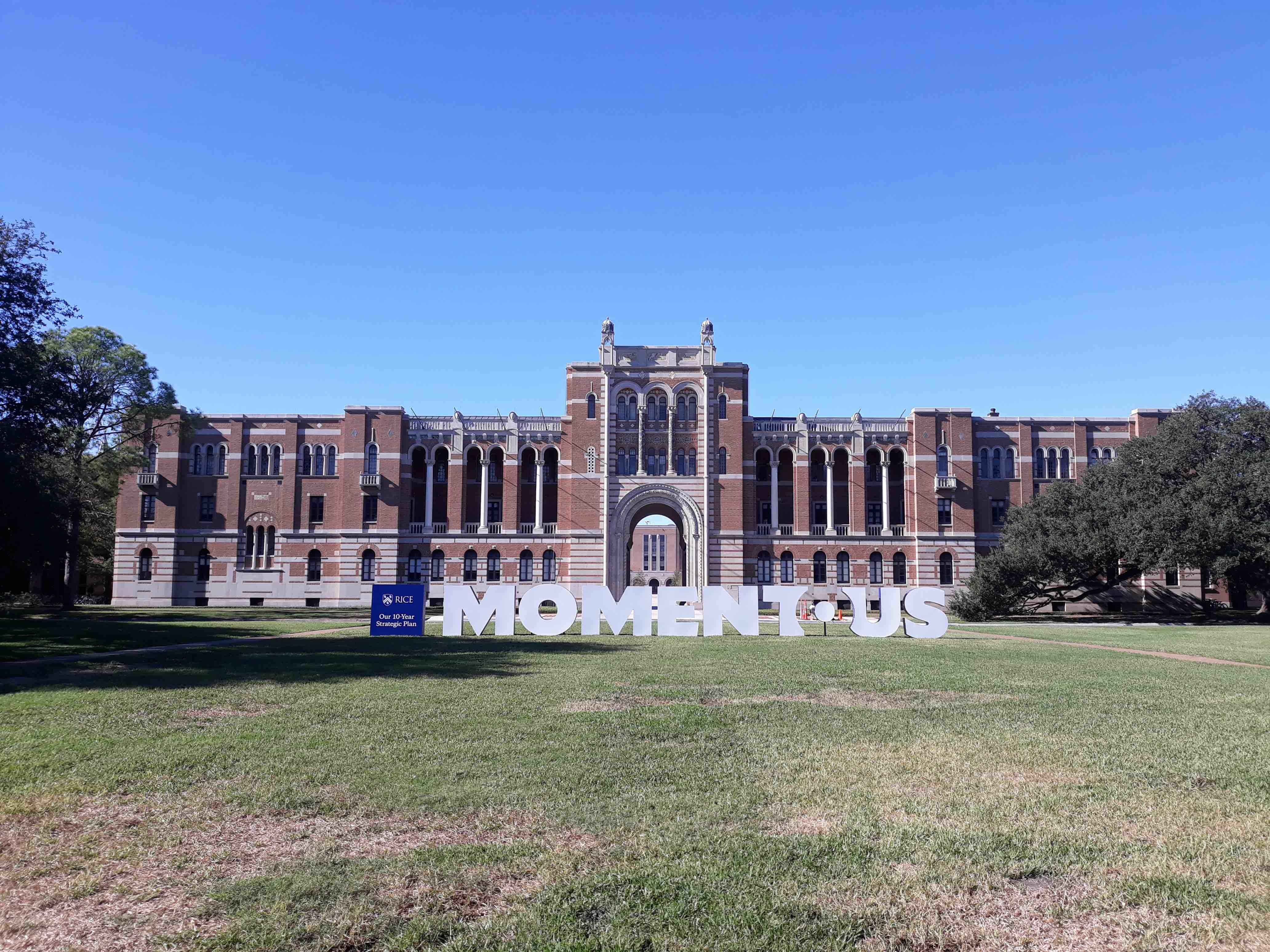
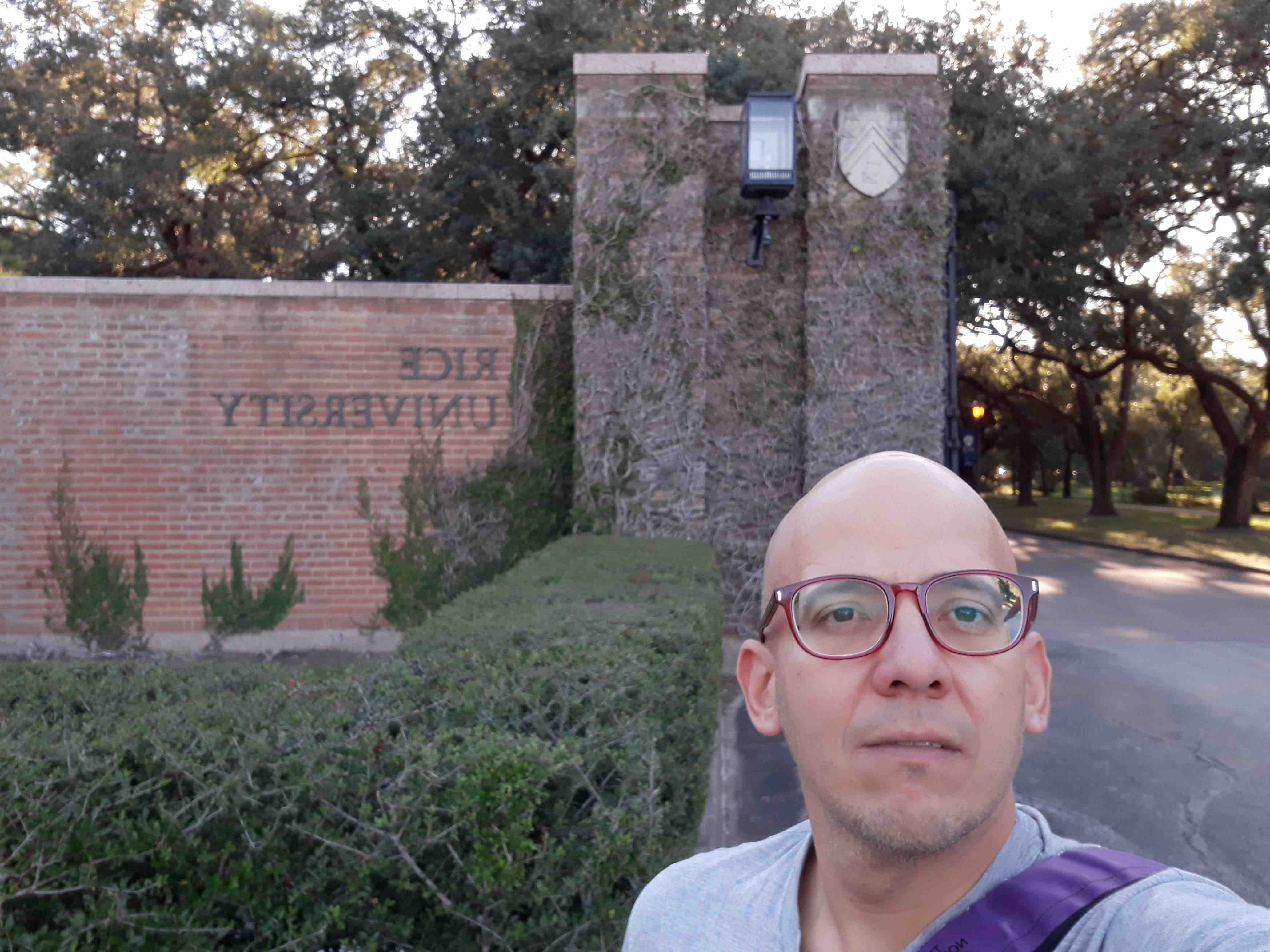
This week I am visiting Rice University in Houston, Texas. I am working with Dr César Uribe, of the Department of Electrical and Computer Engineering and with Dr Lydia Beaudrot from BioSciences on developing potential future collaborations to better understand the changes in food web structure across spatial scales.
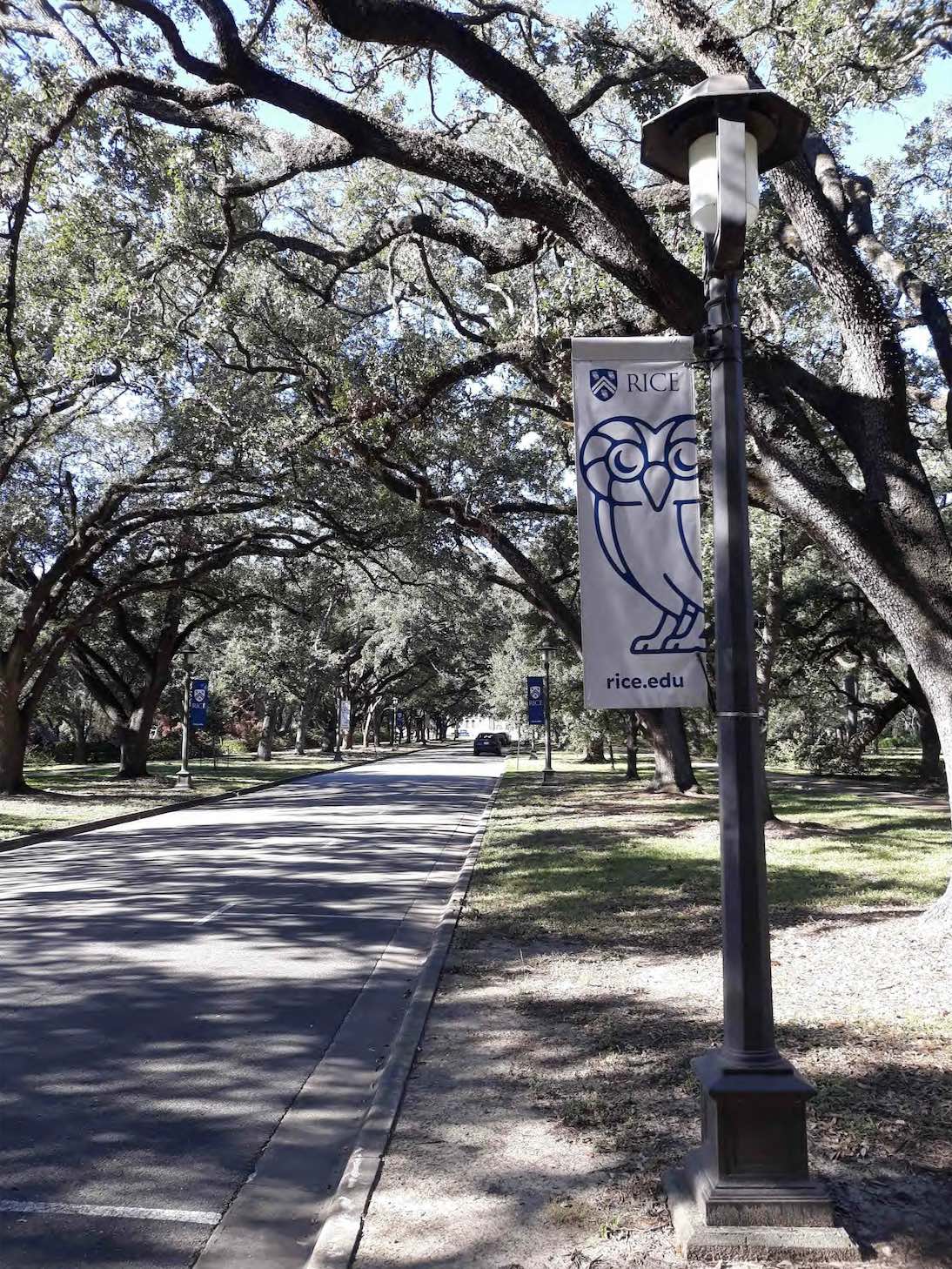
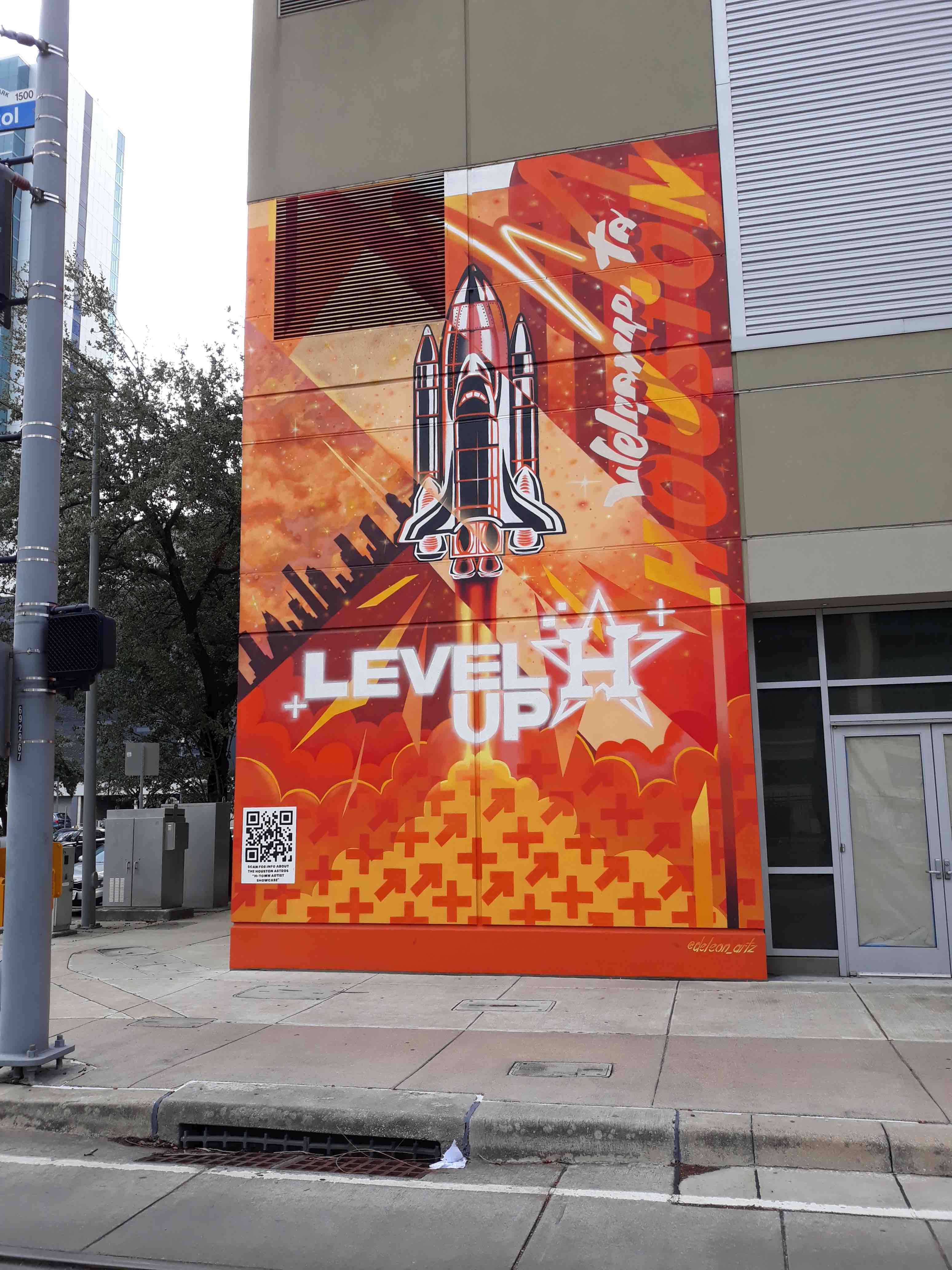
César is currently developing innovative ways to quantify distances between network shapes beyond changes in structural properties. These structures can in turn be related to covariates such as environmental factors to try and predict structure from contextual information on ecosystems.
I presented my work at the lab’s meeting and César has also kindly organised for me to deliver a seminar on recent work I have developed with my friend and collaborator Alberto Pascual-García, the head of the Integrative Biology Lab @ CNB on Unveiling the link between ecological and evolutionary stability in mutualistic networks.
I have also had the chance to catch up with Annie Finneran, a PhD student at Rice working with Lydia and César on the effects of ecosystem’s productivity on food web structure. We have had a couple of interesting discussions about the ways in which network structure can be quantified and how to use environmental metrics of productivity such as NDVI to assess the effects of habitat productivity on food webs. She does amazing camera trapping studies in Tanzania and other amazing locations!
Aside from the great research we have been discussing here and prospects for future collaborations, I have also had the chance to meet bird expert Professor Cin-Ty Lee, a passionate bird watcher who has kindly shown me around the Houston area, coast and the swamps in the search of new species, including some owls on campus!
Thanks César for being an excellent host and allow me to share my research at Rice, to Lydia and Annie for the interesting discussions, to Cin-Ty for sharing with me the wildlife around Houston, and to the lab members (Alex, Jhojan and Carlos) for the hospitality!
Miguel Lurgi
10 October 2024
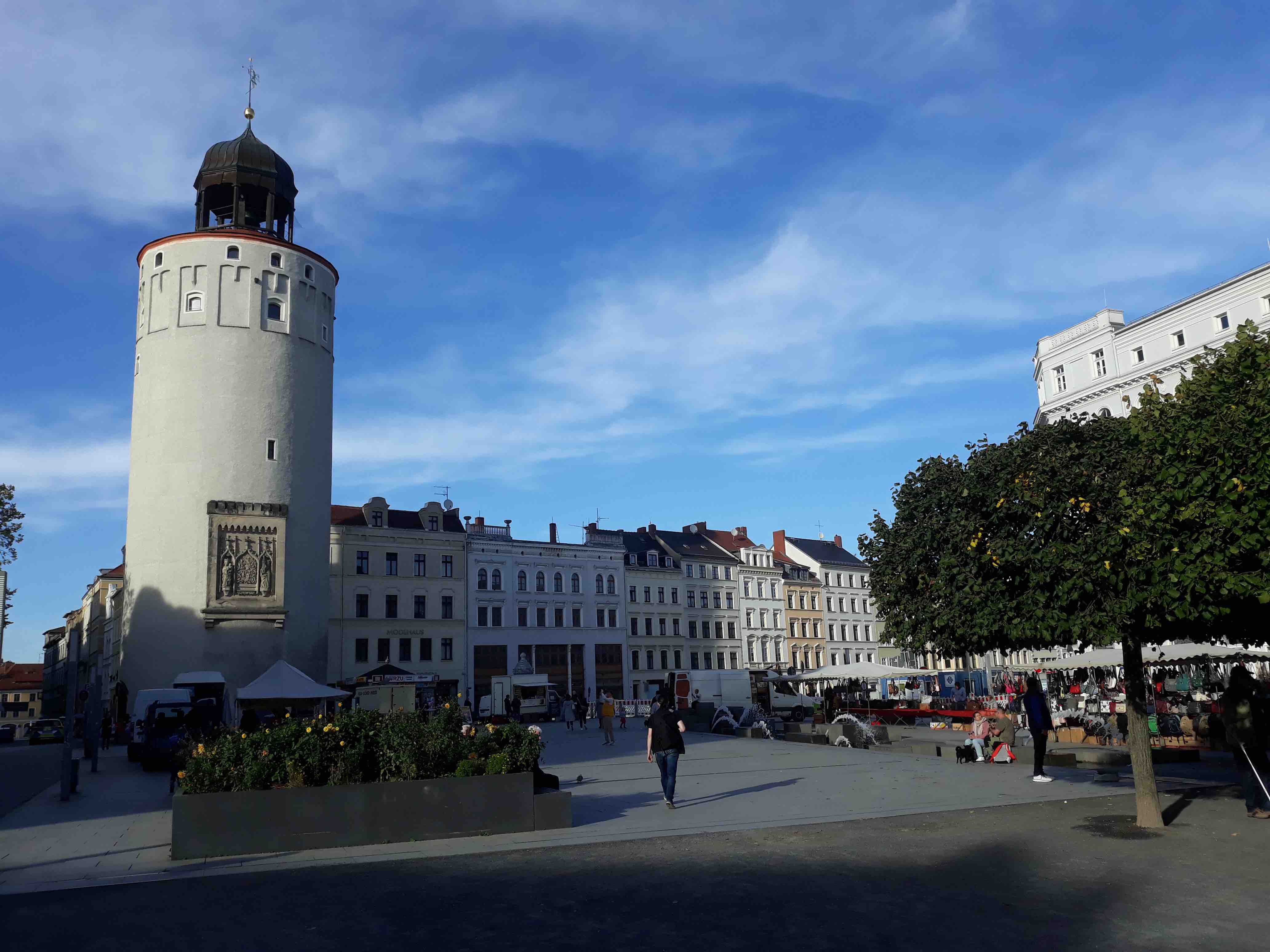
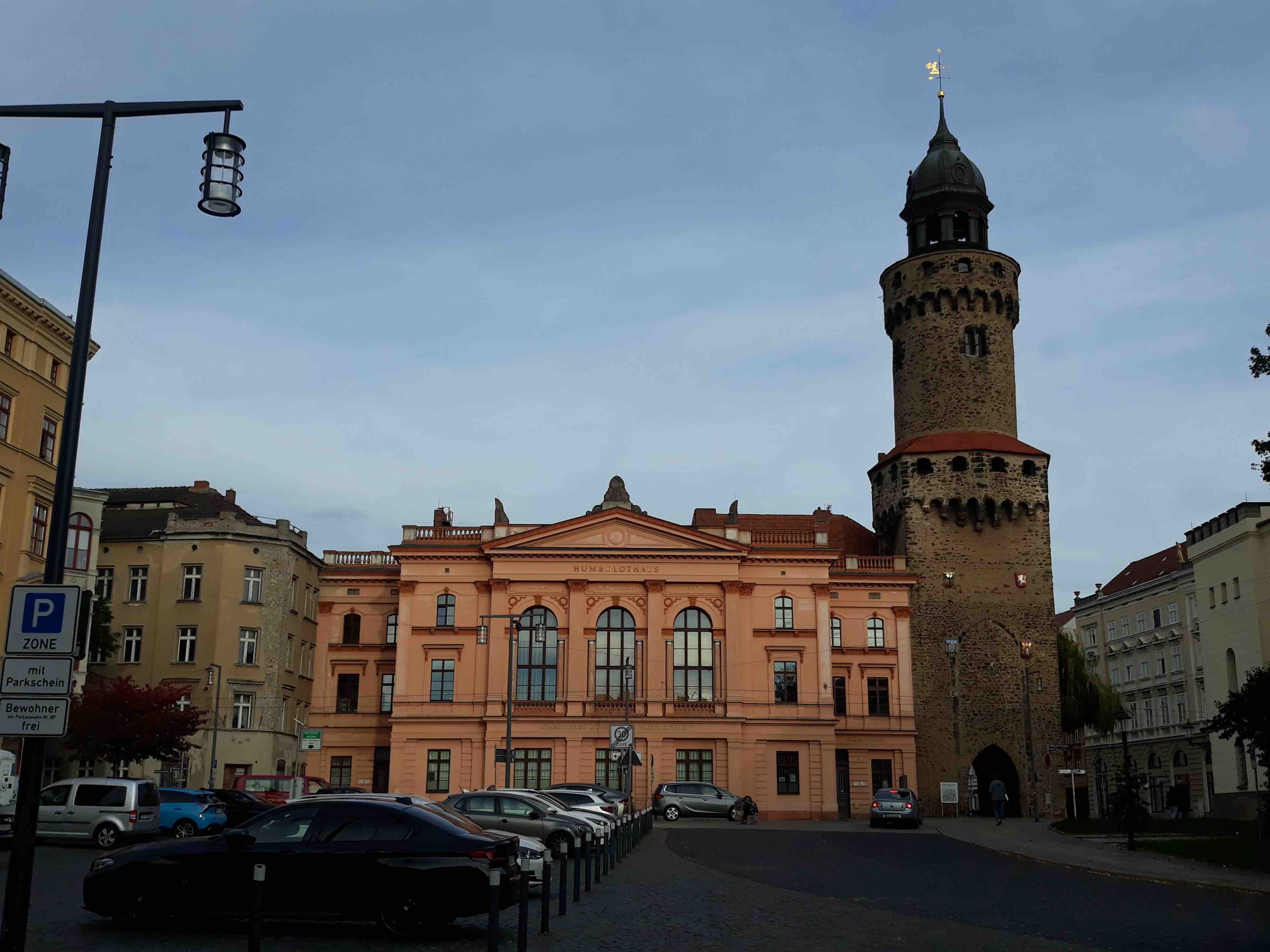
This week, my friend and research collaborator Ricardo Martínez-García, a young investigator group leader working in the dynamics of complex living systems at the German Centre for Advanced Systems Understanding in Görlitz, is hosting me a CASUS to discuss science and give a seminar about our research in the lab.
Ricardo and I have been collaborating for a while on trying to develop a better understanding of the role of local scale processes such as territoriality in animals in the population dynamics of species. We use maths to come up with modelling approaches to tackle these problems.
This week we have also been joined by Cinzia Soresina, a bright mathematician from the University of Trento in Italy, to incorporate an approach grounded on cross-diffusion in networks that she has recently developed, into our framework of territorial behaviour.
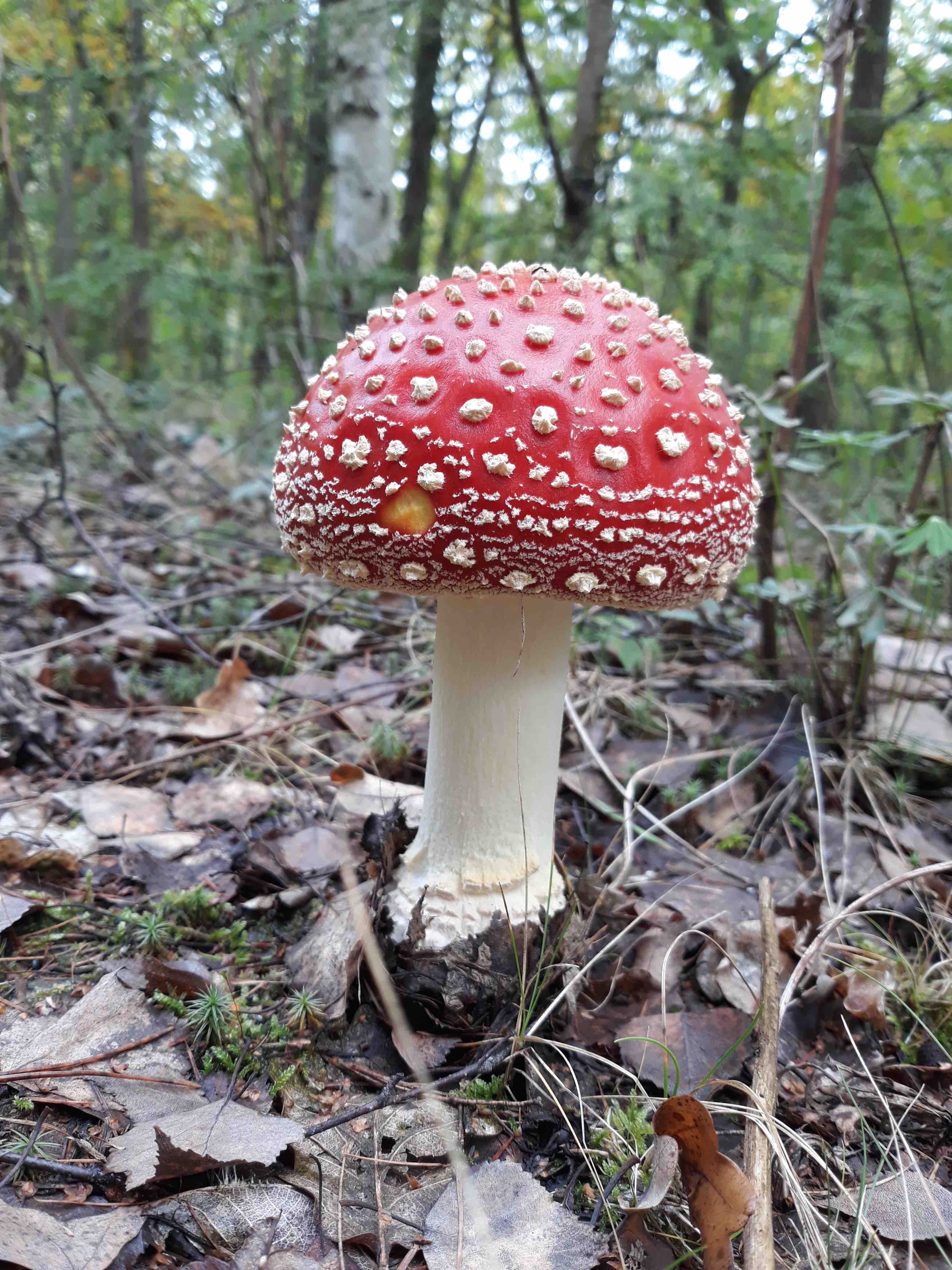
This work will form the basis for a scientific article we hope to publish sometime next year and complements current work I am developing to better understand the spatial dynamics of rock pipits (Anthus petrosus).
Aside from the great research we are developing together, I had the chance to present our recent work at the lab in a seminar entitled Understanding the structure of complex communities across scales: from microbes to vertebrates, where I shared our research on microbe-host symbioses, recently published in Trends in Microbiology, as well as the research currently being developed by Lucie on the effects of protected areas on safeguarding food webs and our theoretical appraoches to disturbance spread and habitat recovery.
During this visit, we are lying the foundations for future collaborations and project proposals.
After work, we are enjoying the nice weather around Görlitz, a very beautiful town to the east of Germany, right next on the border with Poland. We have had the chance to explore the outdoors, the city, as well as the natural history museum.
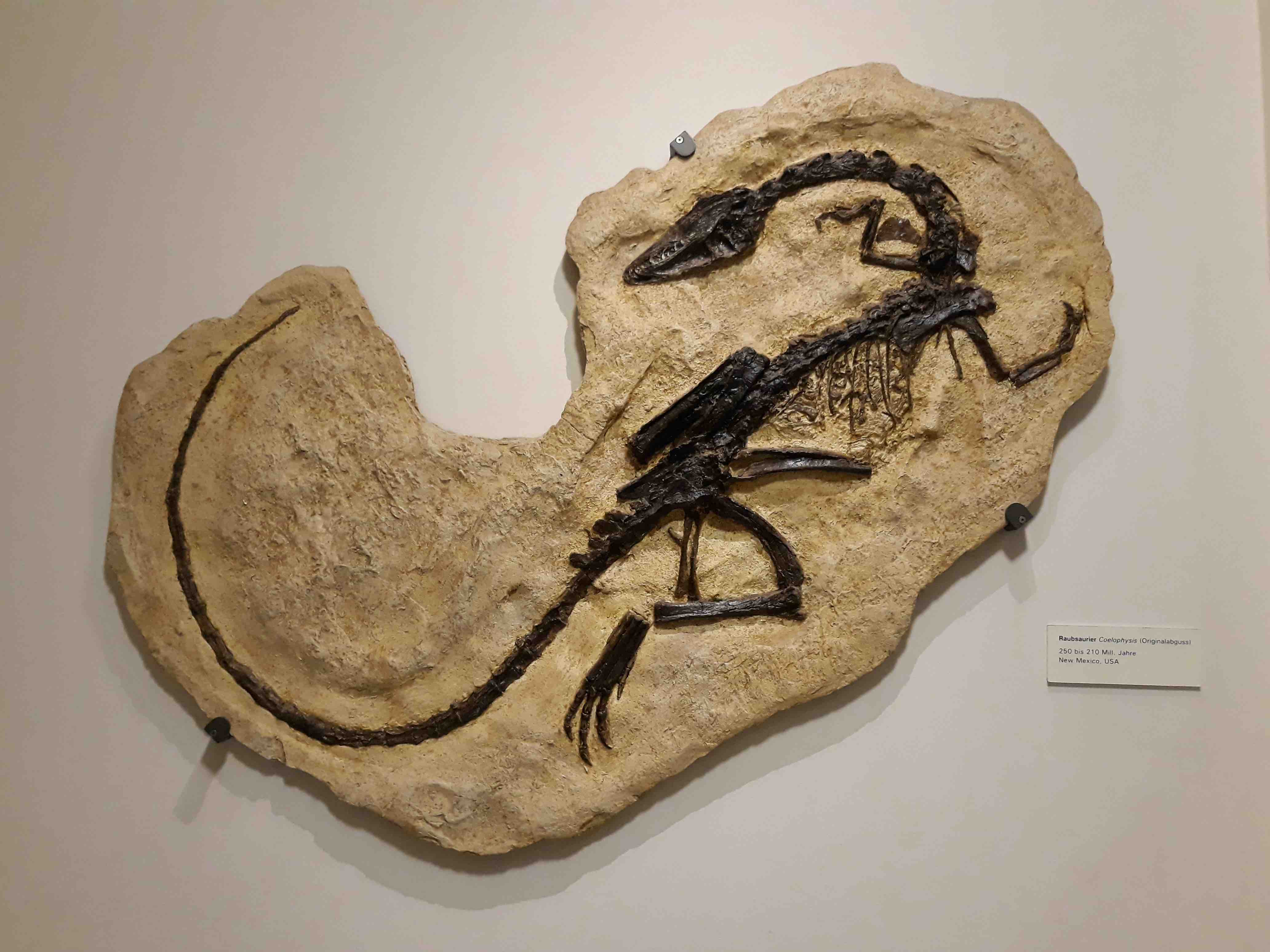
Thanks Ricardo for being an excellent host and allow me to share my research at CASUS!
Miguel Lurgi
26 September 2024
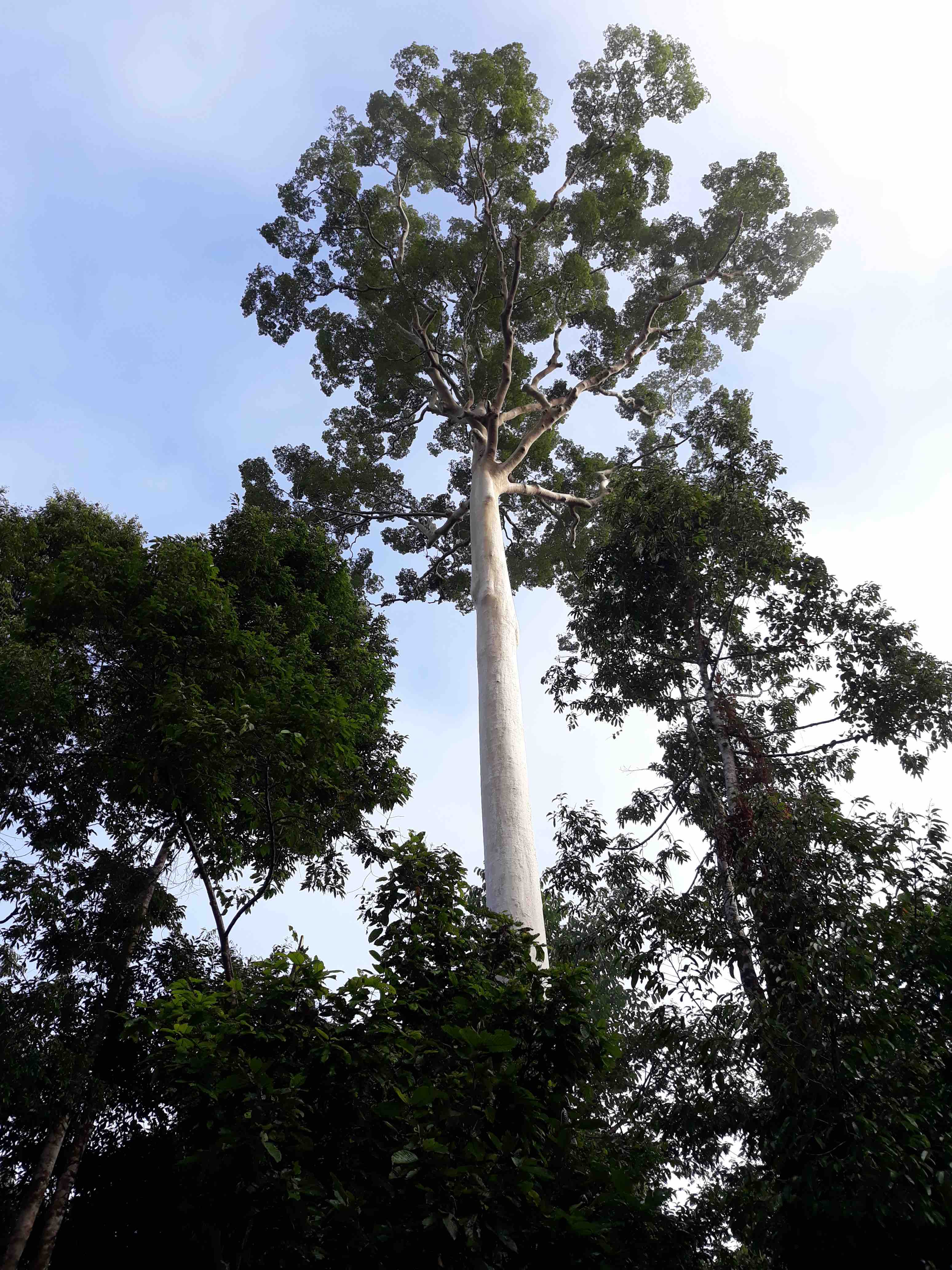
For a couple of weeks from the 15th of September I joined the overseas field course on Tropical Ecology and Conservation in the island of Borneo. Borneo is not only an amazing place for wildlife, sitting right in the tropic and harbouring one of the largest lowland tropical rainforest in the planet. It also sits in the middle of the biogeographical province studied by Wallace and many others since the 1850’s due to their interesting biogeographical patterns, where different branches of the phylogenetic tree collided in what is now known as the Wallace line, separating the Asian and Australian continents faunas.
We spent a few days at the Danum Valley Field Centre, an amazing place for research and teaching that has been welcoming us for a few years now. We developed many interesting lectures and field activities where the students learned about the tropics and the species found there as well as a set of field techniques that helped them with their research projects.
As every year, there are many opportunities for birding, especially when walking around with DeDe, Jonni, and Ahmed, our friends from Danum and whose knowledge of the valley and the species found there is out of this world! They always go above and beyond to show us and teach us everything about the rainforest.
This year, I managed to see around 140 species, with many cool species such as the helmeted, wreathed, oriental pied, and rhinoceros hornbills, the bornean bristlehead, blue-headed and black-crowned pittas or the white-fronted falconet.
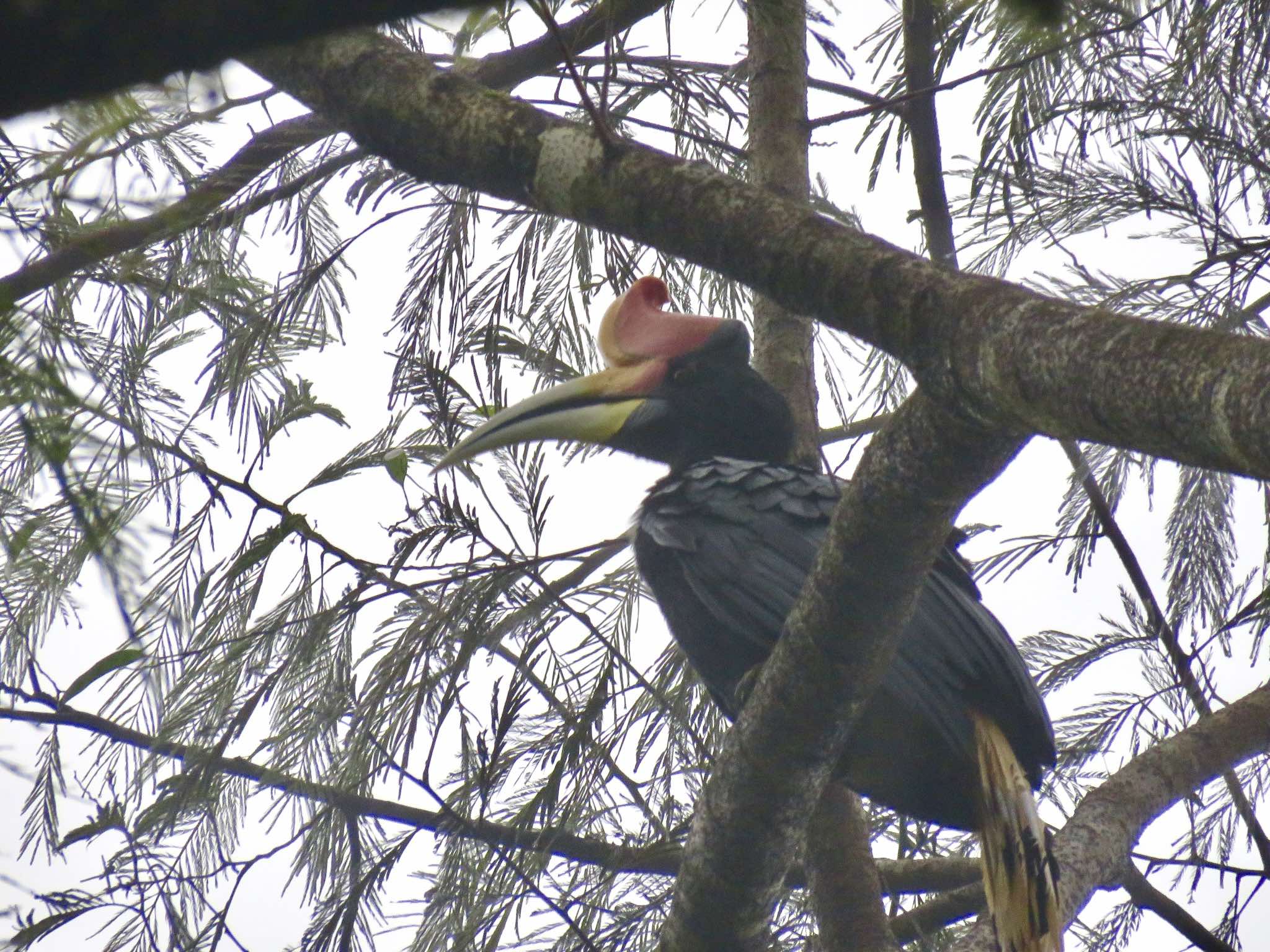
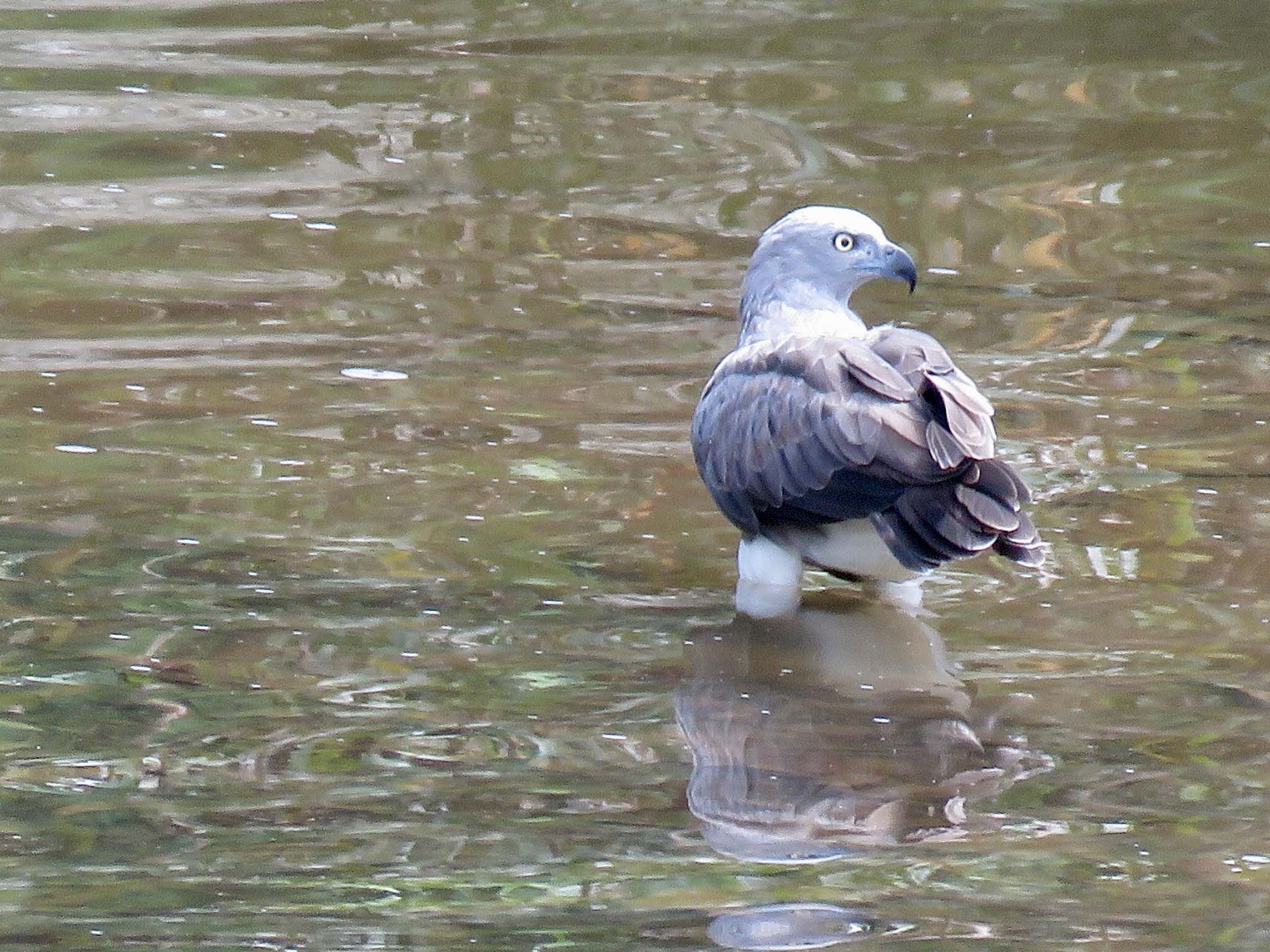
We also managed some amazing views of the grey-headed fish-eagle as well as the Wallace’s hawk-eagle in the nest with a chick!
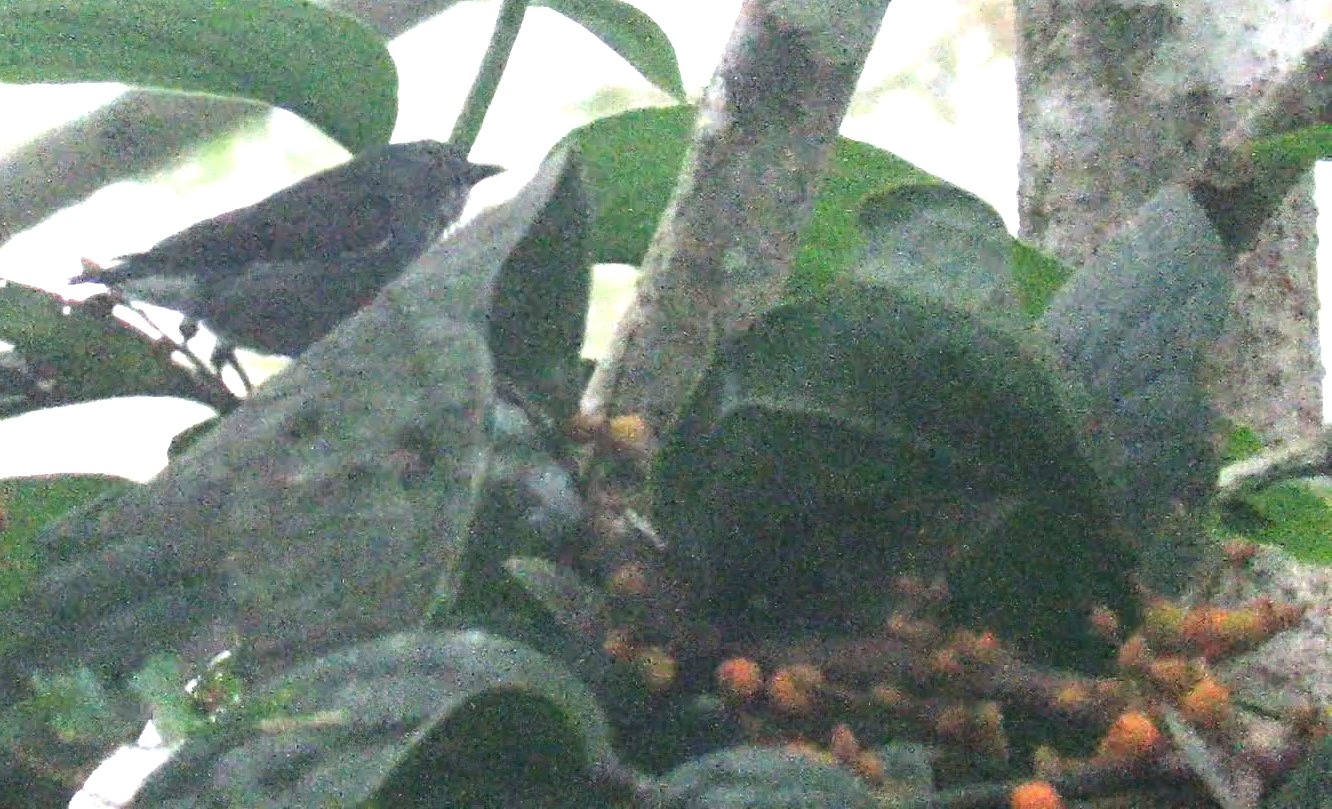
But the highlight of the trip was the elusive spectacled flowerpecker (Dicaeum dayakorum), a species of flowerpecker that had not been seen in Danum Valley since 2009 and never before seen at the field centre where we were based. I first saw this bird just by chance while walking close to the hostel accommodation building. At first I wasn’t sure what species was it, as I had never seen it before. After some research I realised it could be an individual of this rare species, so I convinced a couple of students, Lewis and Joe, to join me in the quest of obtaining photographic evidence of the finding. Surely enough, Lewis managed to capture some images.
I got in touch with some experts in the species, including Professor David Edwards, from Cambridge University, who confirmed the finding. This evidence inspired me to write a small article note to get this observation published. The small article, authored by myself, Lewis and Joe will appear in the December issue of BirdingASIA.
After our time at Danum we also visited the sun bear conservation centre in Sepilok, where I met a lovely Catalan couple who had been travelling by car around Malaysia for a few months, and I had the chance to practice my Catalan with them! The visit to the bear sanctuary, adjoining with the orang-utan conservation centre, was an interesting experience for the students to see how local conservation projects are set up and what they can achieve.
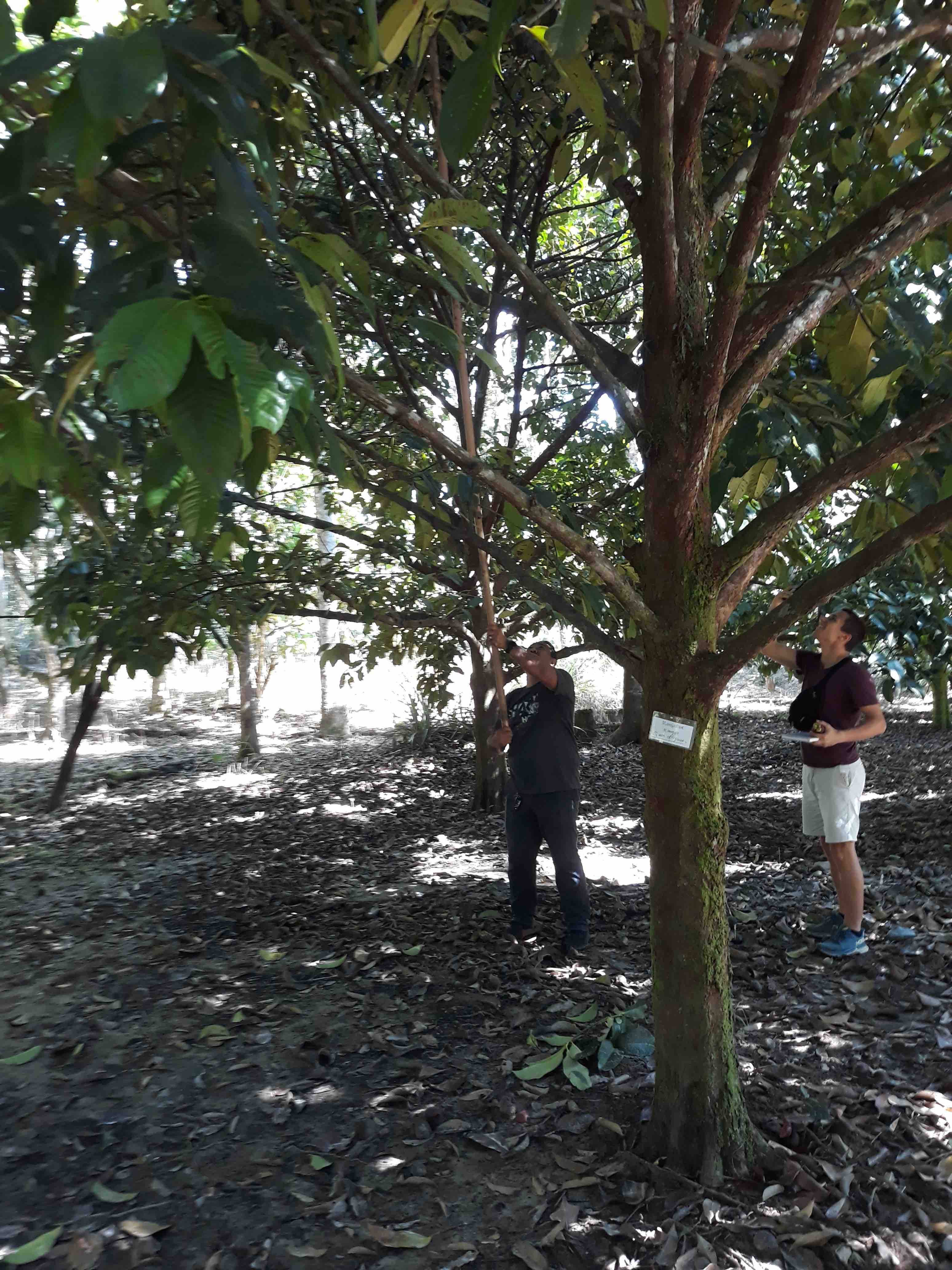
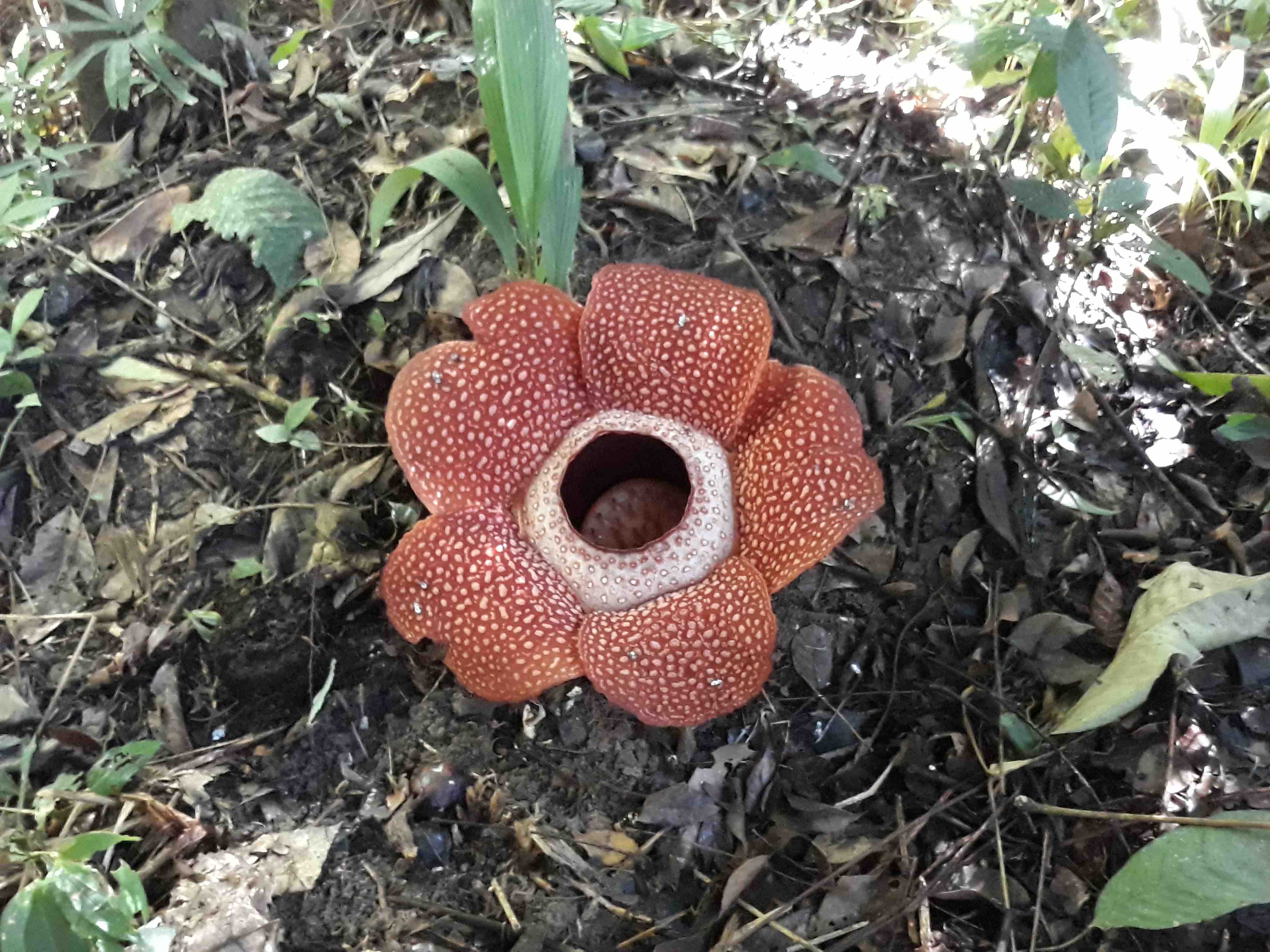
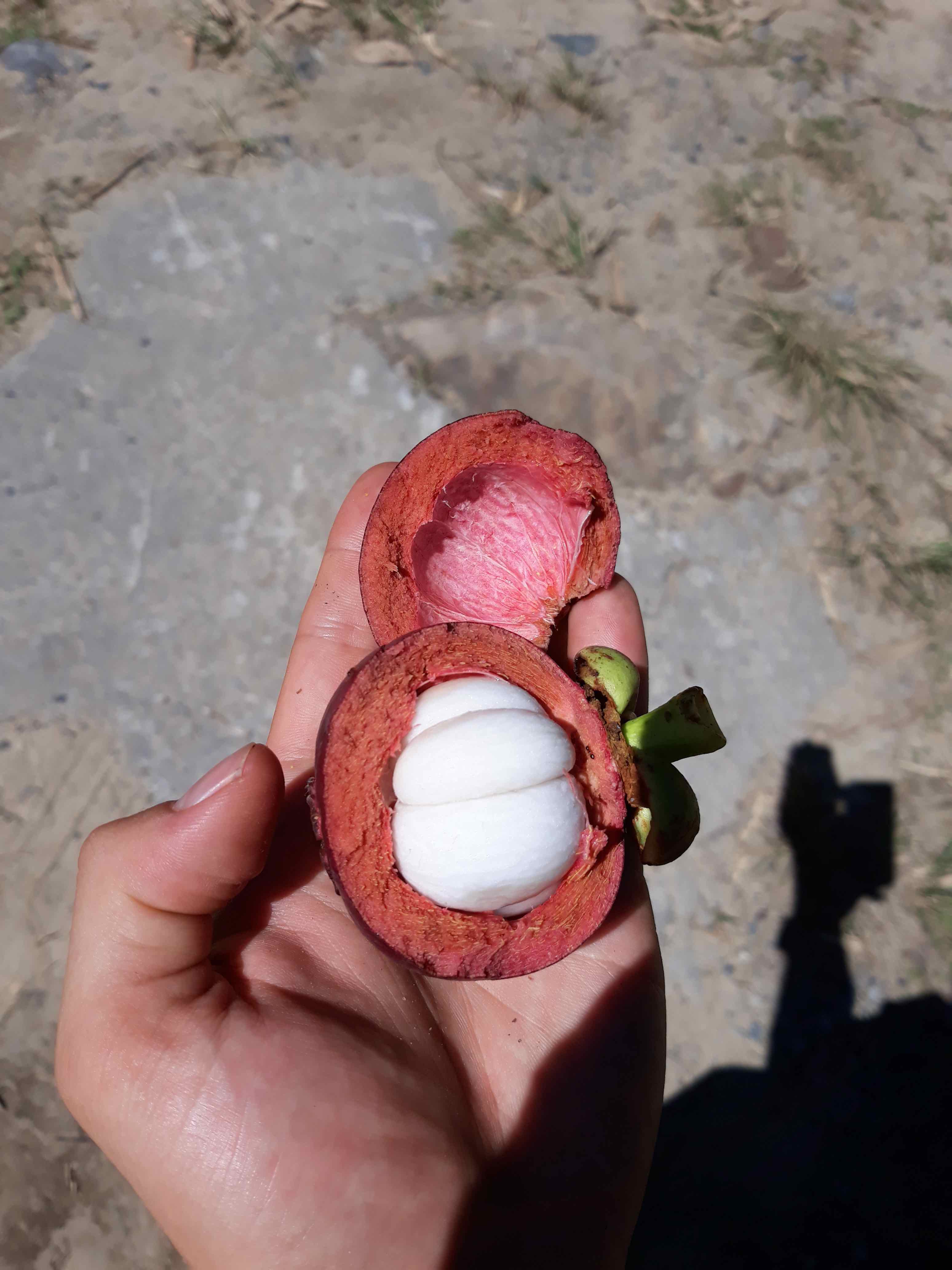
After Sepilok we moved on to Poring to find one of the jewels of the Bornean flora, the Rafflesia flower, a parasitic flower that is pollinated by flies, and as such produces an aroma similar to the smell of rotten meat to attract its pollinators!
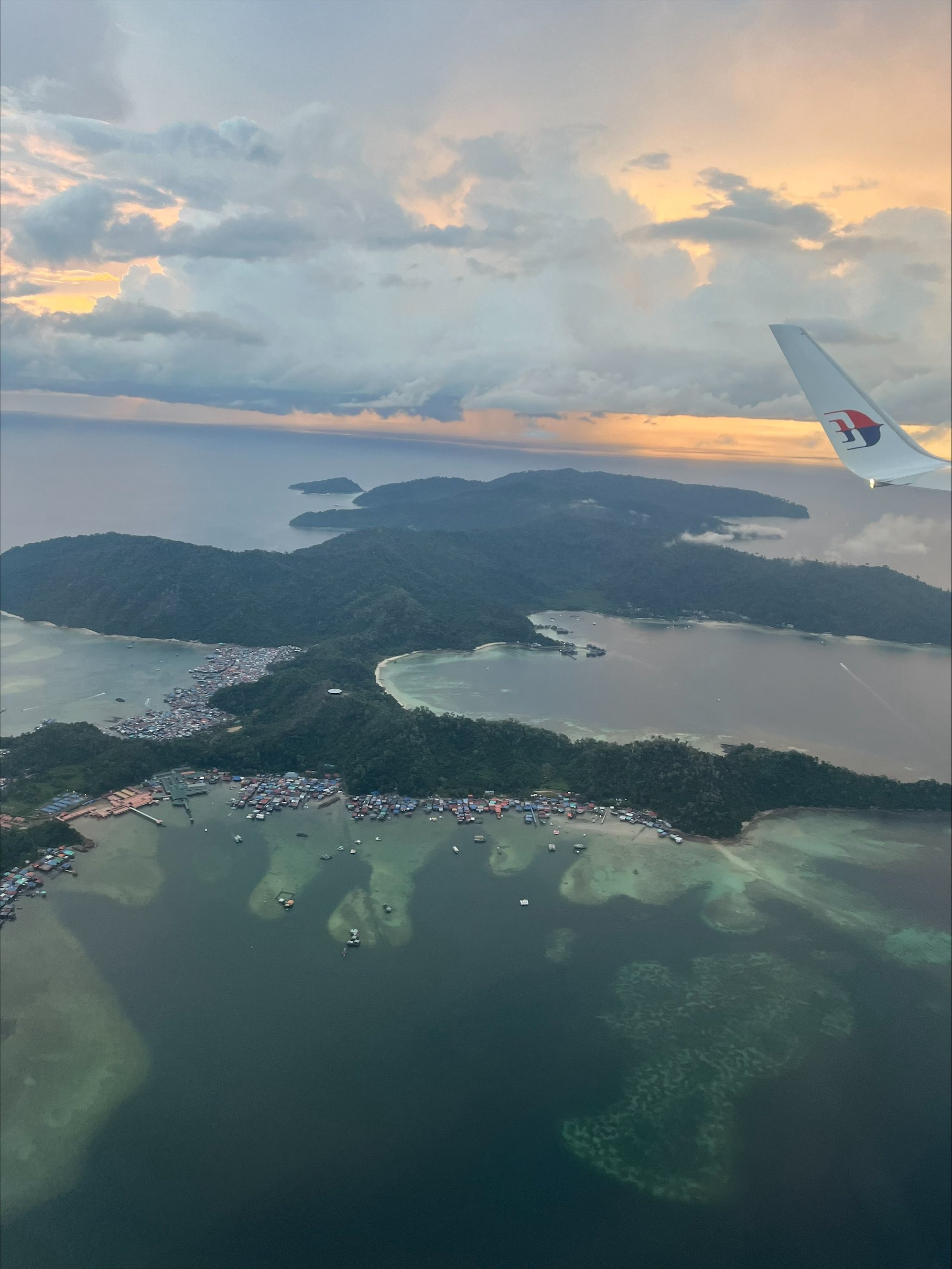
At Viviane’s Rafflesia garden we also had the chance to see some local plants such as rambutan and mangosteen, from which trees we harvested ourselves some fruits and ate them there by the trees!
Our last stop before heading back home was the Mount Kinabalu. We visited the botanical garden of Mount Kinabalu, where we encountered many interesting plants, including the smallest orchid in the world! as well as some interesting birds such as the Bornean tree-pie, the Bornean whistler, and the Temminck’s sunbird.
We then flew off from Kota Kinabalu, saying good by to the happy times we had in Borneo!
Thanks to Jonni, Ahmed, DeDe, Sesan, Louis, and all the other RAs at Danum Valley for a great couple of weeks!
Photo credits: Lewis Ferguson - All pictures of birds and the view of the island from the airplane
Miguel Lurgi
20 August 2024
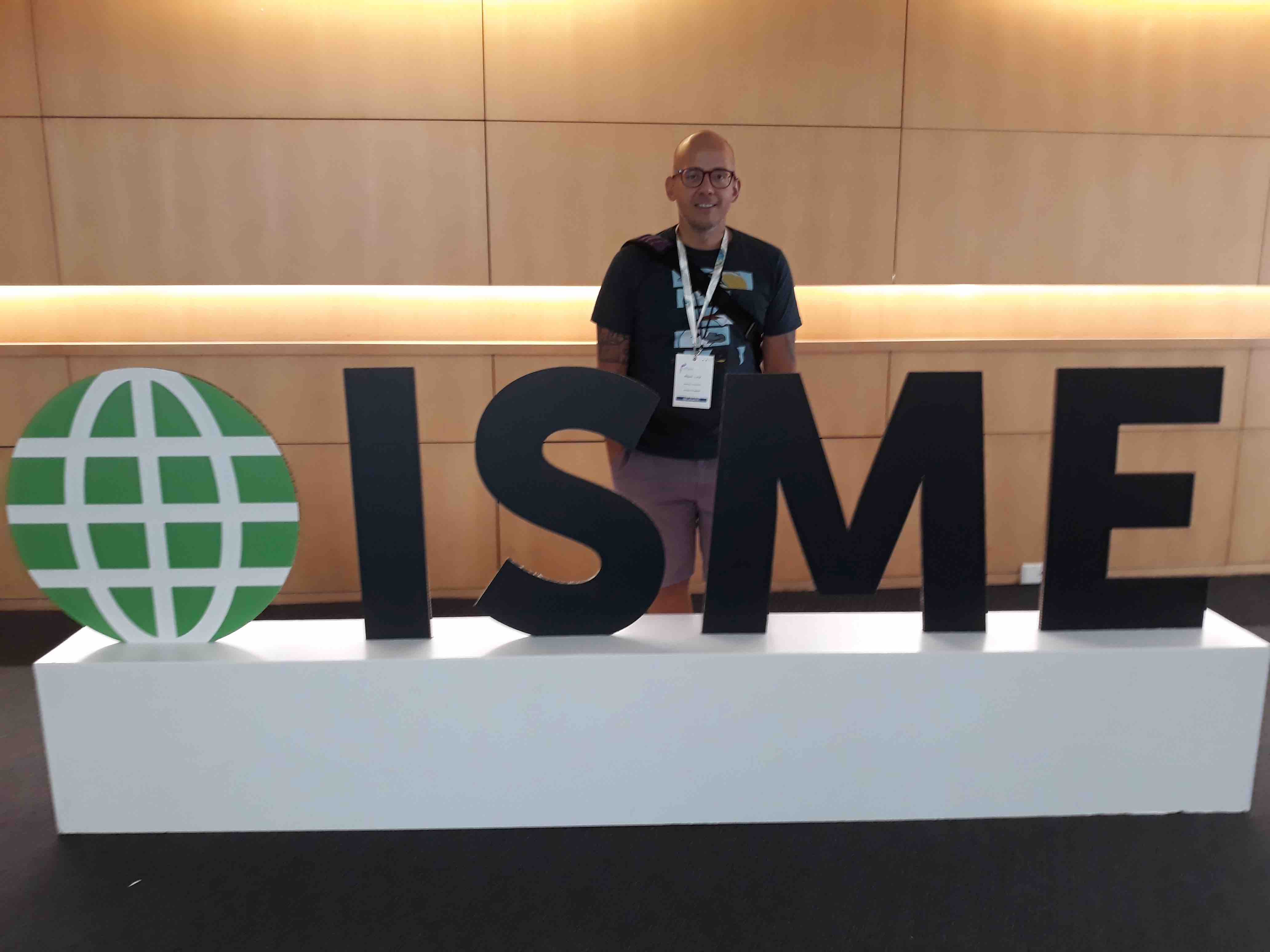
This week we are at the 19th Symposium of the International Society for Microbial Ecology - ISME in Cape Town, South Africa! Thanks to the support of the Leverhulme Trust, through my current Research Project Grant, The origin of complex symbioses were were able to share our current findings with microbial ecologists from around the world!
I presented our research on the role of mutualisms on the eco-evolutionary assembly of complex microbial communities.
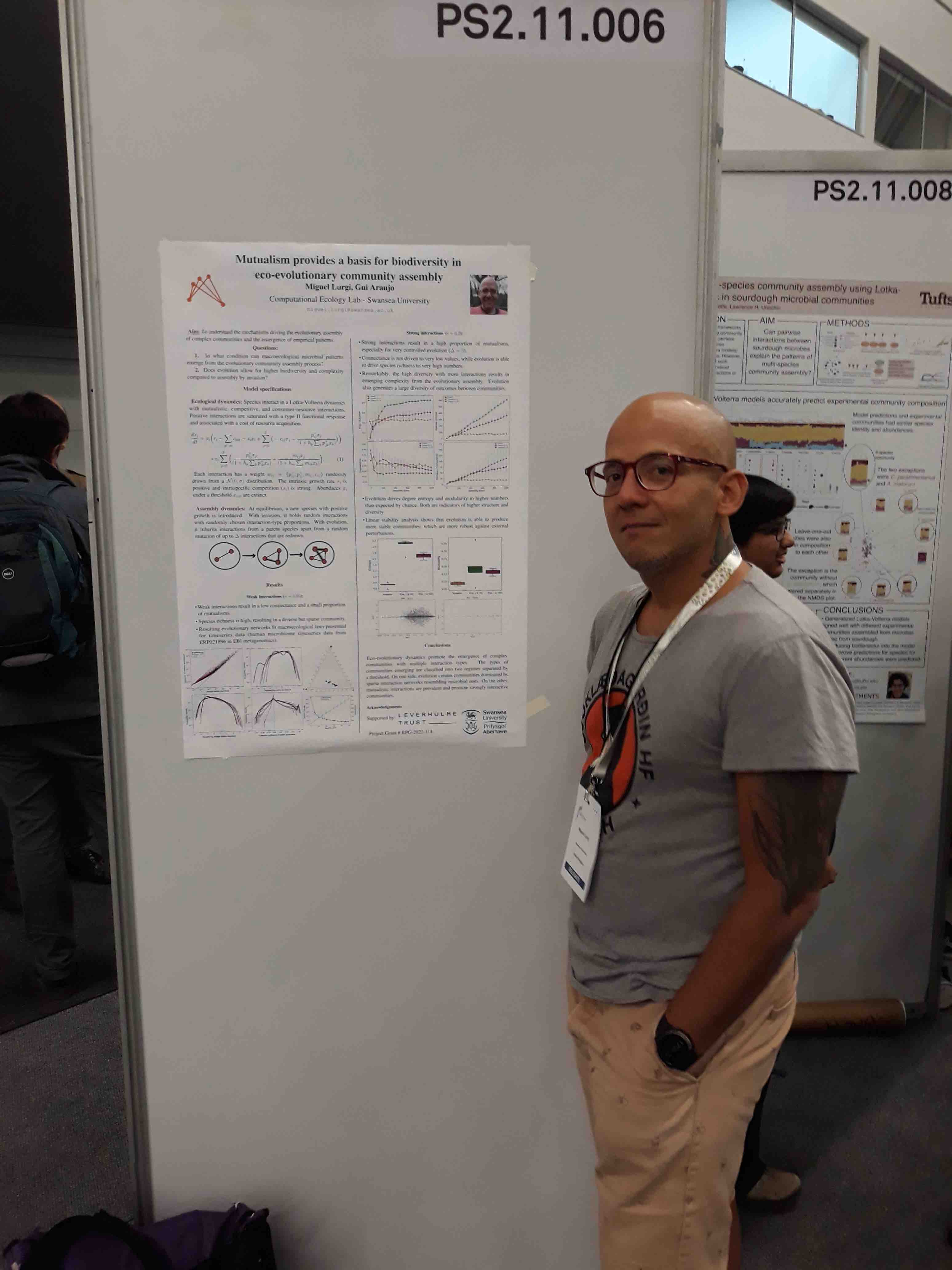
Abstract:
Understanding the diversity and structure of microbial communities is a central focus of microbial ecology. Recent research has unveiled their organisational patterns, highlighting the sheer diversity found within and across them. Identifying the mechanisms behind these patterns is fundamental to develop an understanding of microbial community assembly. Experimental and empirical evidence suggests that both ecological and evolutionary mechanisms influence microbial community assembly. Especially considering the coupling of timescales between ecological and evolutionary processes in that is unique to microbes. However, a comprehensive understanding of how ecology and evolution come together to create complex microbial assemblages is still in its infancy.
In this work, we aim at filling this gap by developing an eco-evolutionary model of microbial interaction networks. We account for the interplay between ecology and evolution by considering interaction-driven population dynamics and evolution through speciation and inheritance of interactions. The model is capable of generating complex communities with many species and interactions typical of microbial assemblages. Moreover, by modulating the ratio of interaction types we can obtain a variety of community structures, thus generating a diversity of community types. We found that mutualistic interactions, by making communities more stable, allow communities to accommodate a larger number of interactions overall. We compare our findings to a purely ecological model and show that ecological assembly is not enough to generate complexity patterns such as those attained by evolution.
Our results are relevant for generating predictions on the effects of perturbations on natural microbiome and developing strategies for engineering synthetic microbial communities.
This diversity is manifested at several scales. Not only are microbial communities highly diverse, but they also display different structures that varies across environments, biomes, or host types.
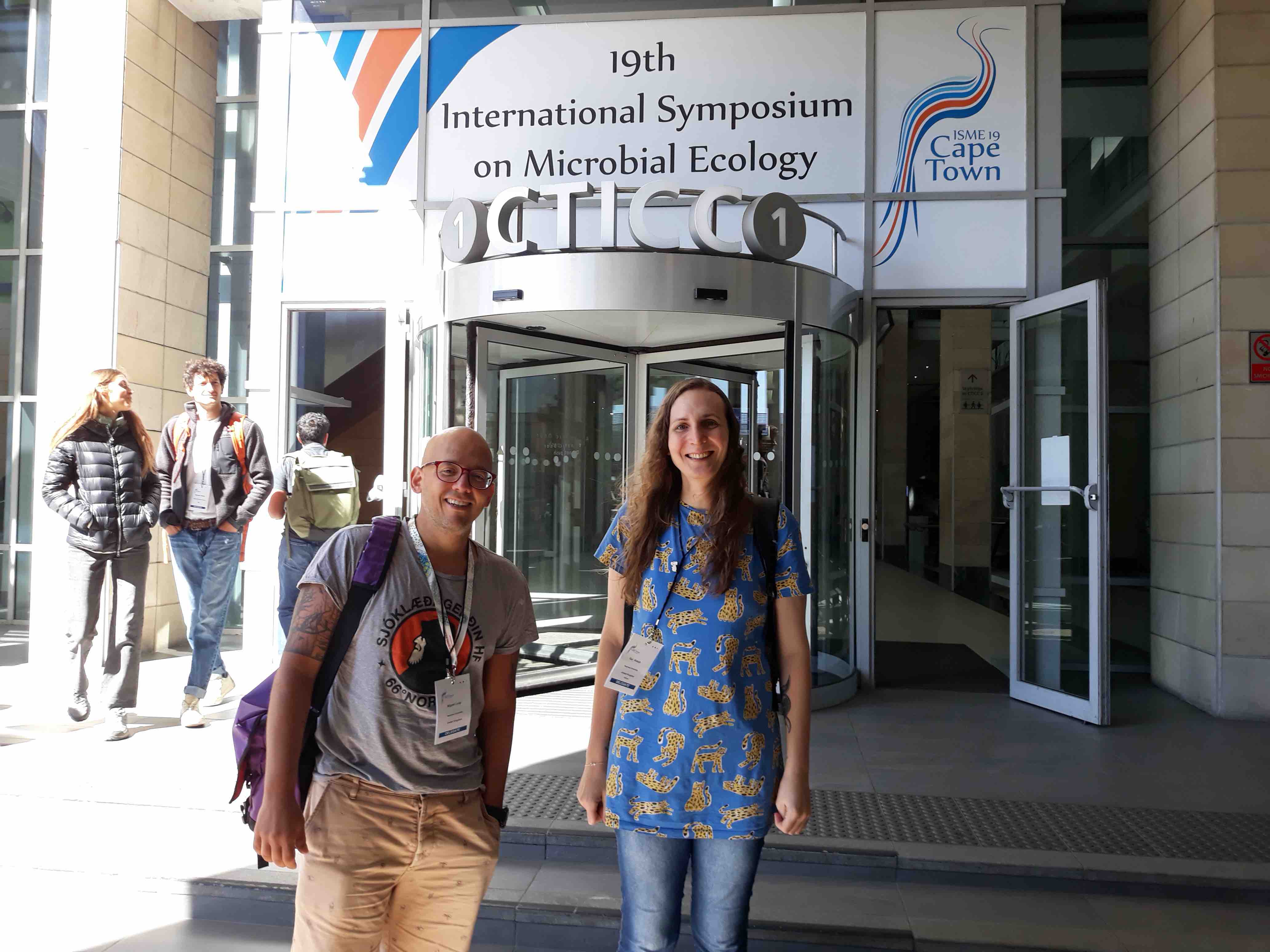
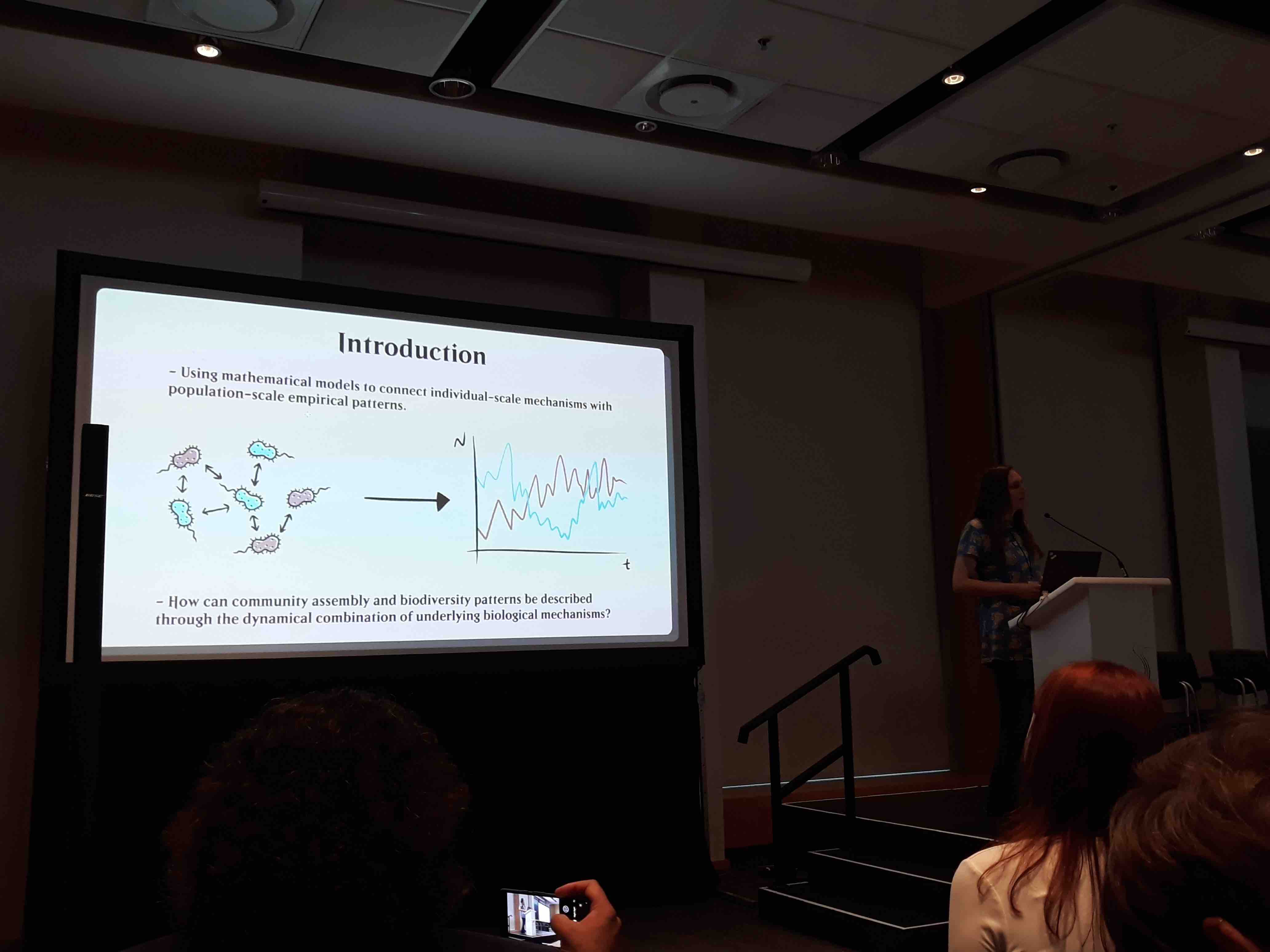
Gui expanded on this work and presented our current joint work on a spatial meta-community framework for complex microbiomes.
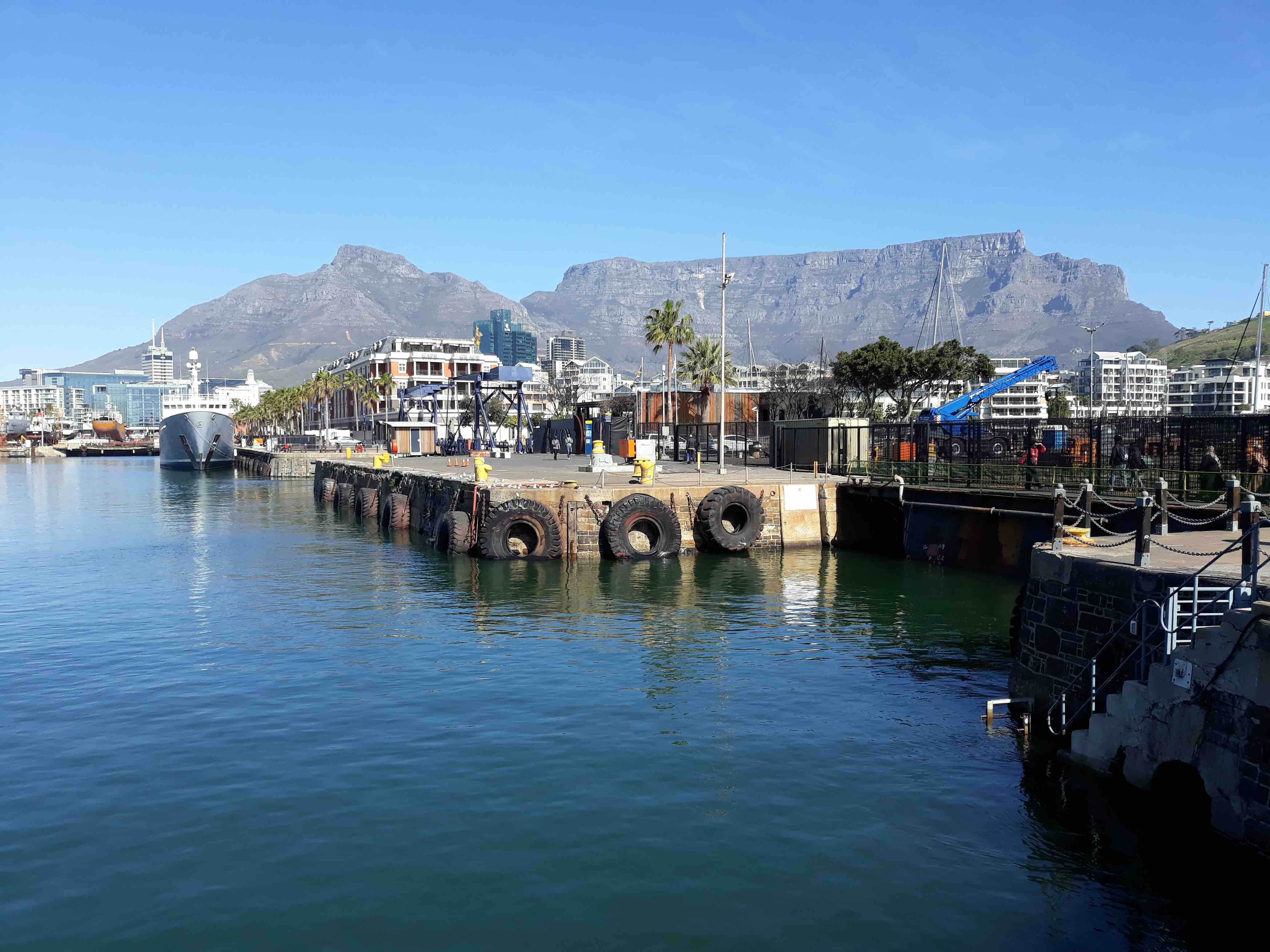
The opportunity to see some exciting new research in microbial ecology was fascinating, with many interesting talks and poster presentations. Plus the chance to catch up with old friends from Australia and newly made friendships!
Thanks to Heidi, Nicole, Bettina, Paul and Mike for many nice times and interesting science discussions! It was great to see many of you again!
Miguel Lurgi
10 July 2024
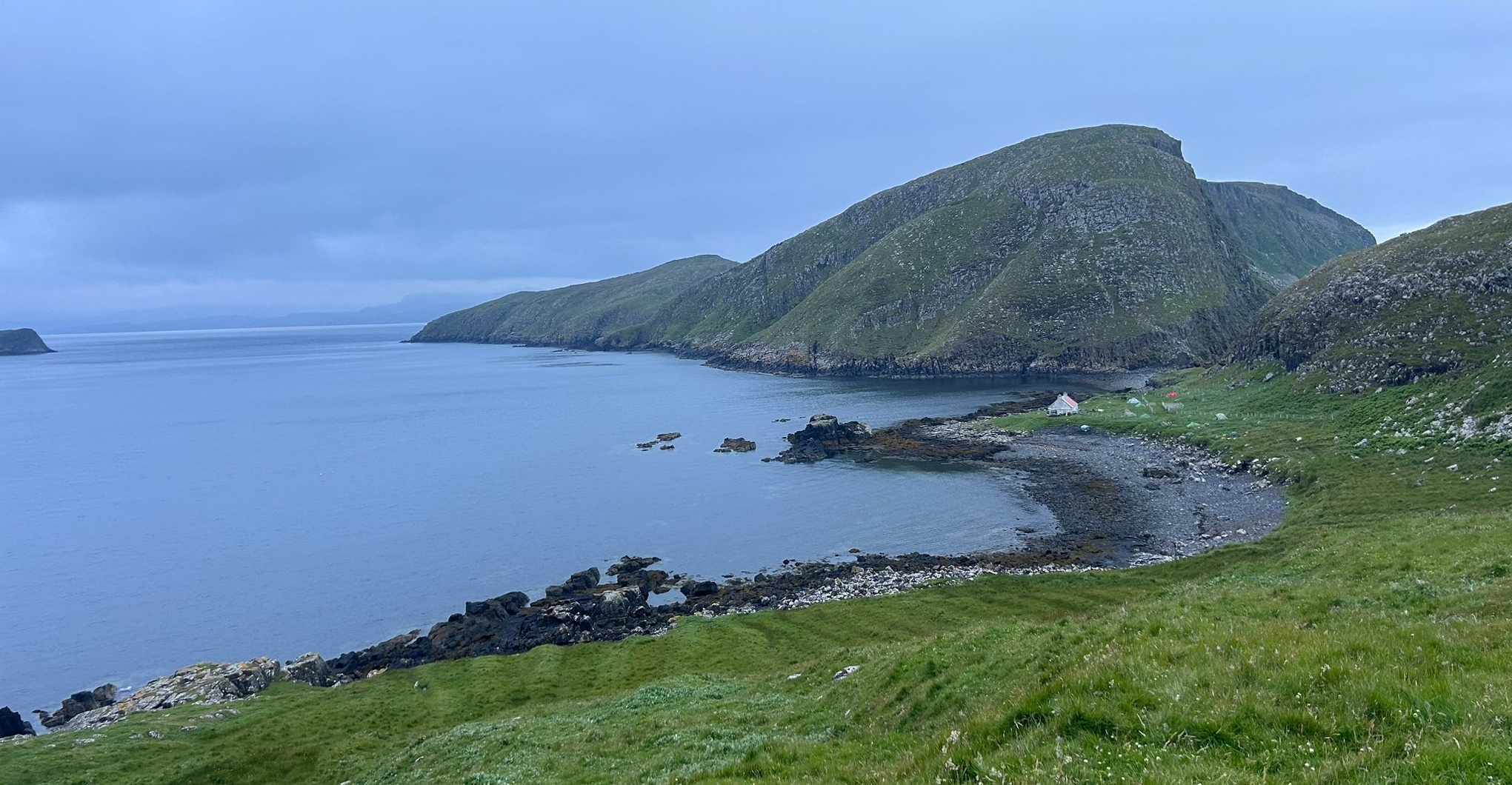
This summer, thanks to the support of the British Trust of Ornithology (BTO) through their Seabird Ringing Grants, and the folks at the Shiants Seabird Research Group, I had the once in a lifetime opportunity to spend one magical week on the Shiant Isles searching for birds.
The research that the Shiants Seabird Research Group does on the isles contributes to national and international efforts to better understand the ecology and population dynamics of these amazing creatures. It was an honour to have the opportunity to be part of this project and contribute to their ringing activities. I had the chance to work with an amazing group of people on one of the nicest places on Earth!
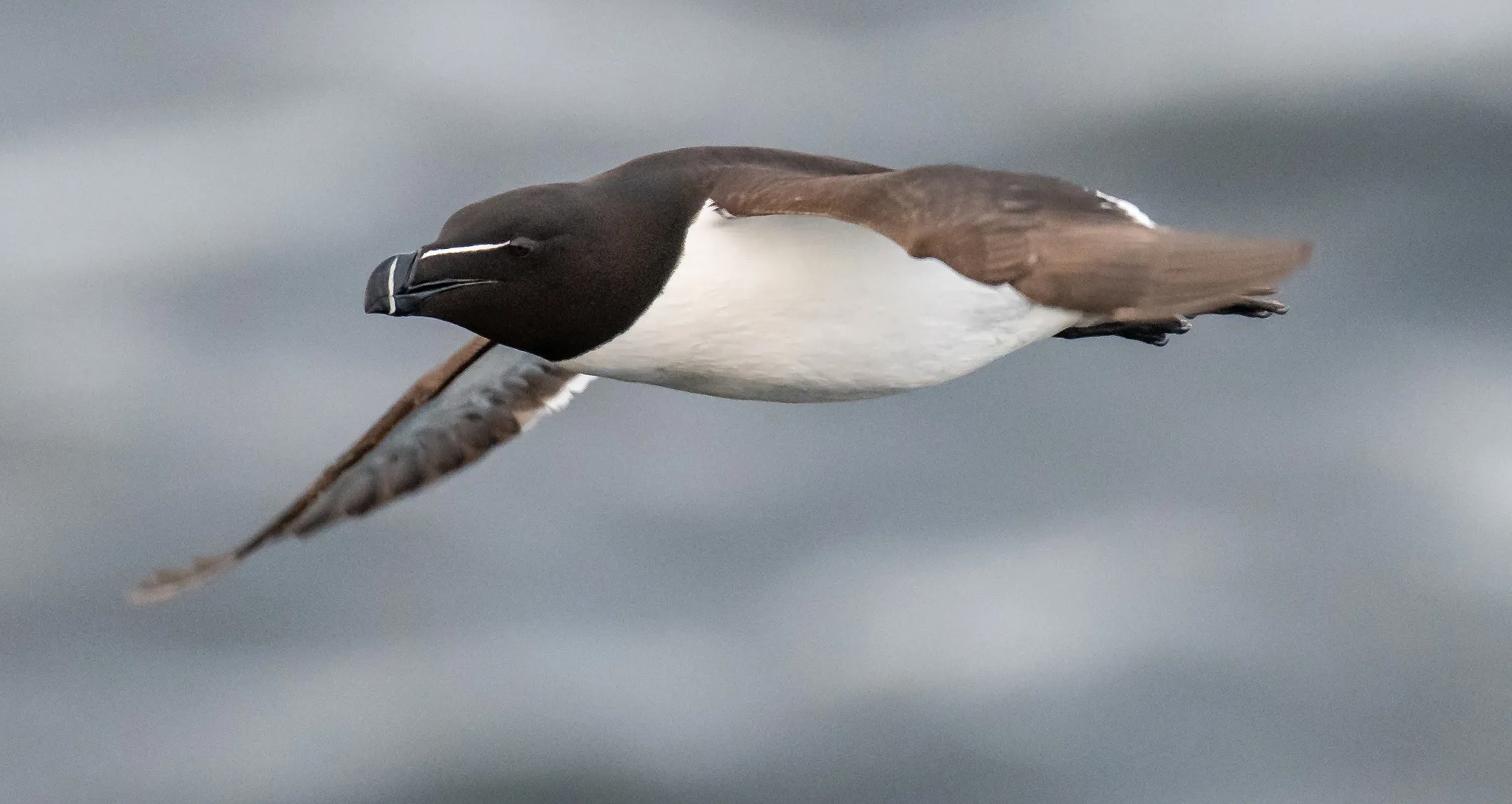
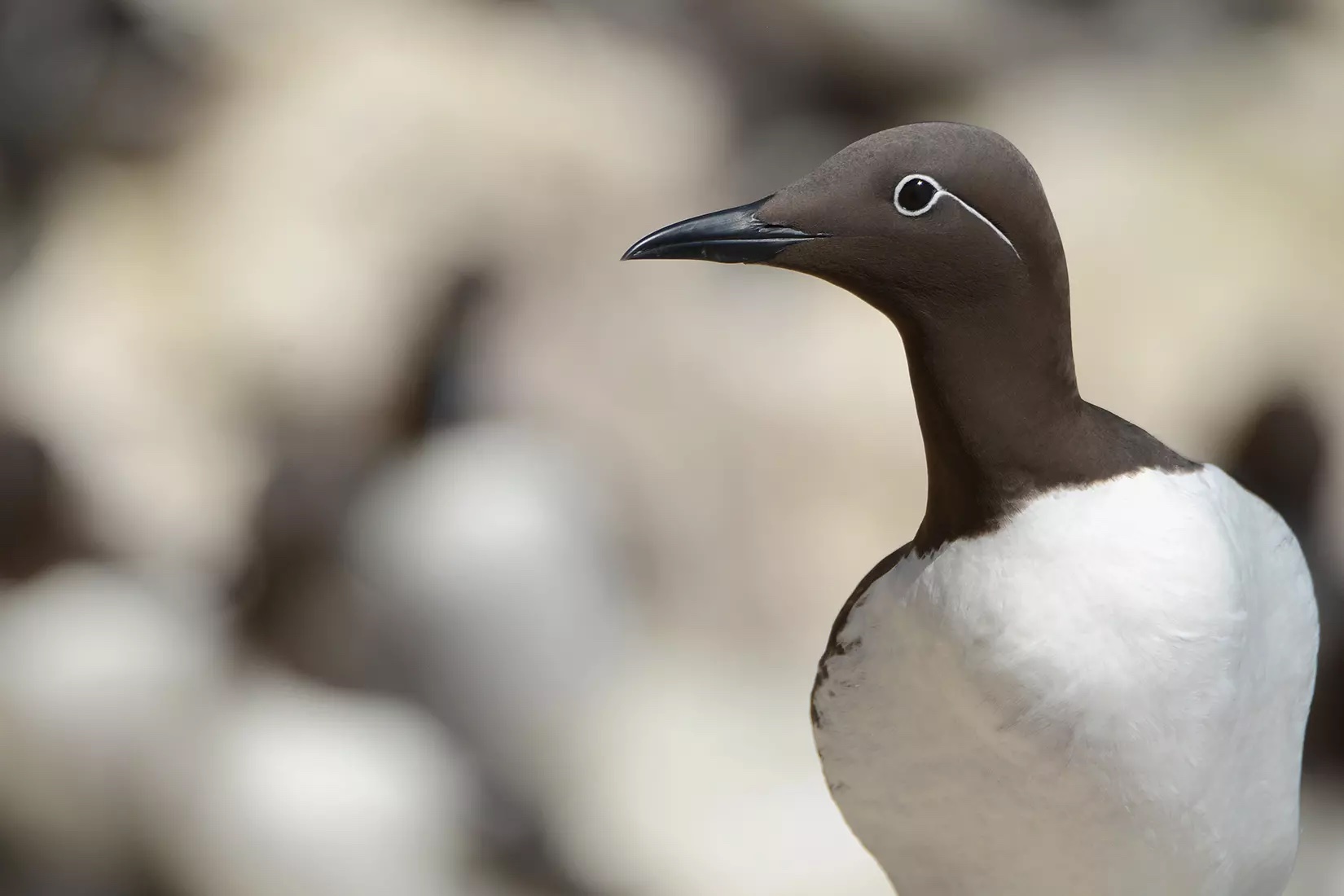
I will be forever thankful to the BTO for their support and the Shiants Searbird Research Group for welcoming me into the group during the week and making me feel like one of their own. I had a great time sleeping in a tent for the whole week, getting water from the well, helping out to move the dinghy about, and just in general being in an amazing and remote location “off the grid”!
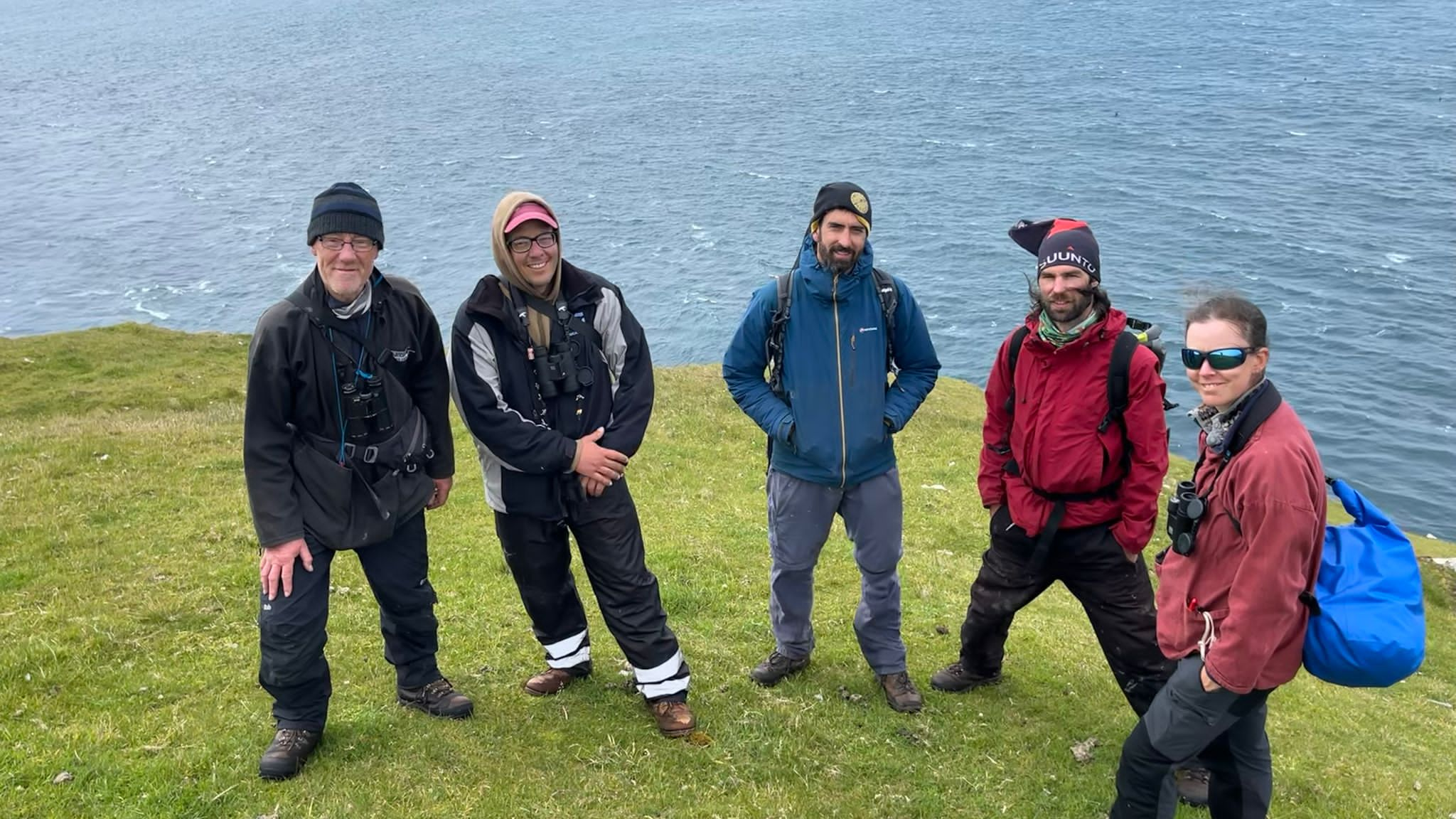
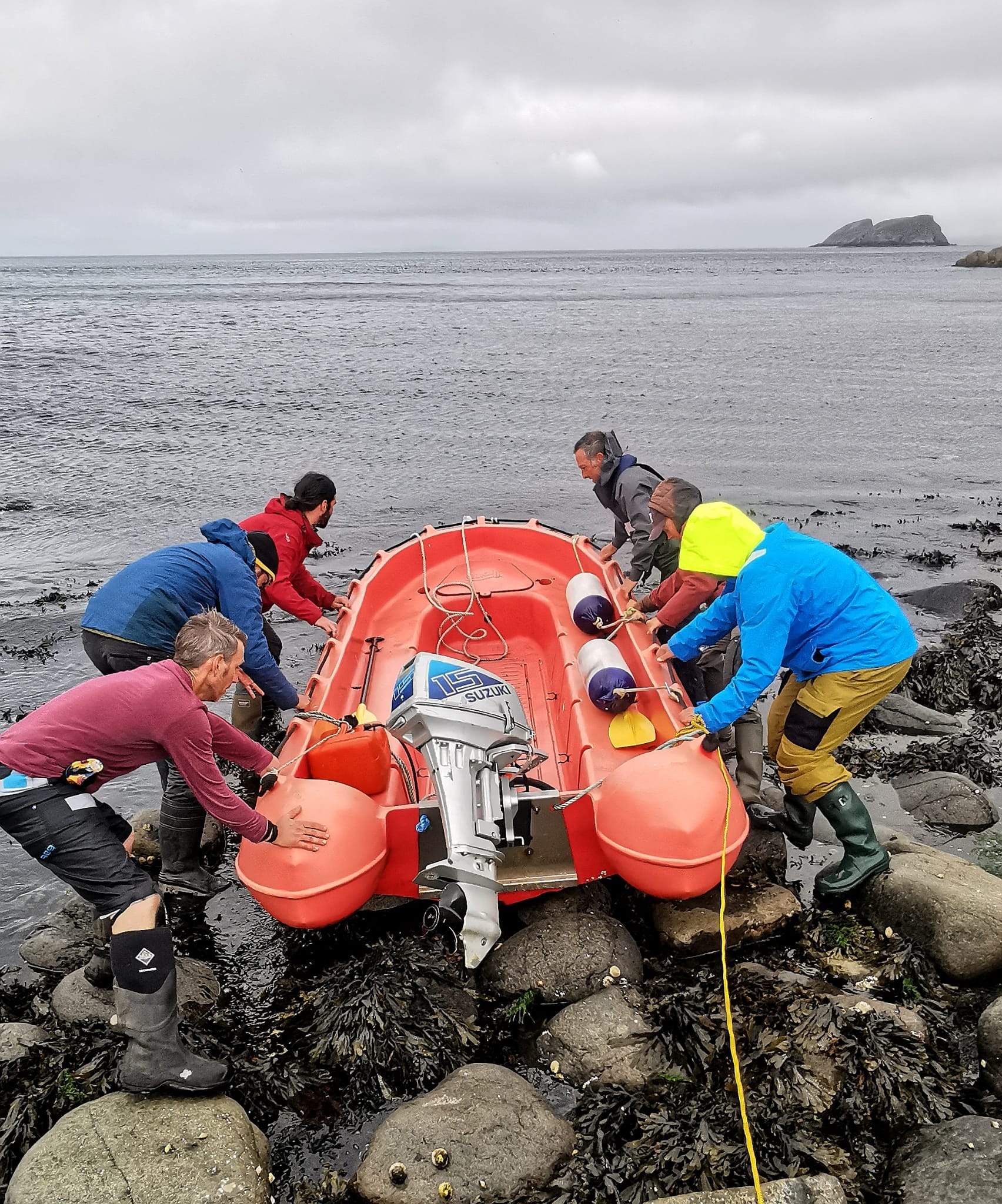
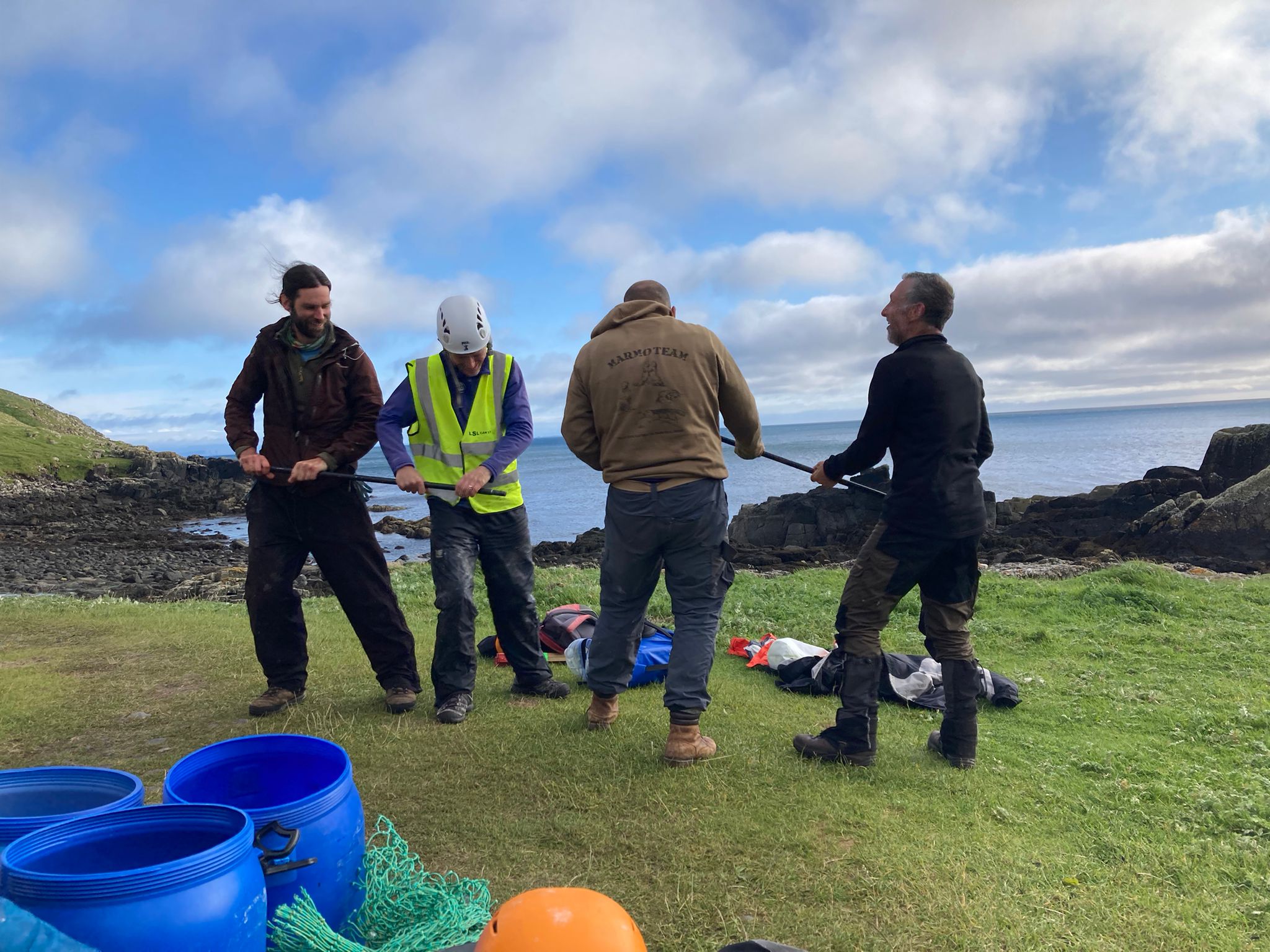
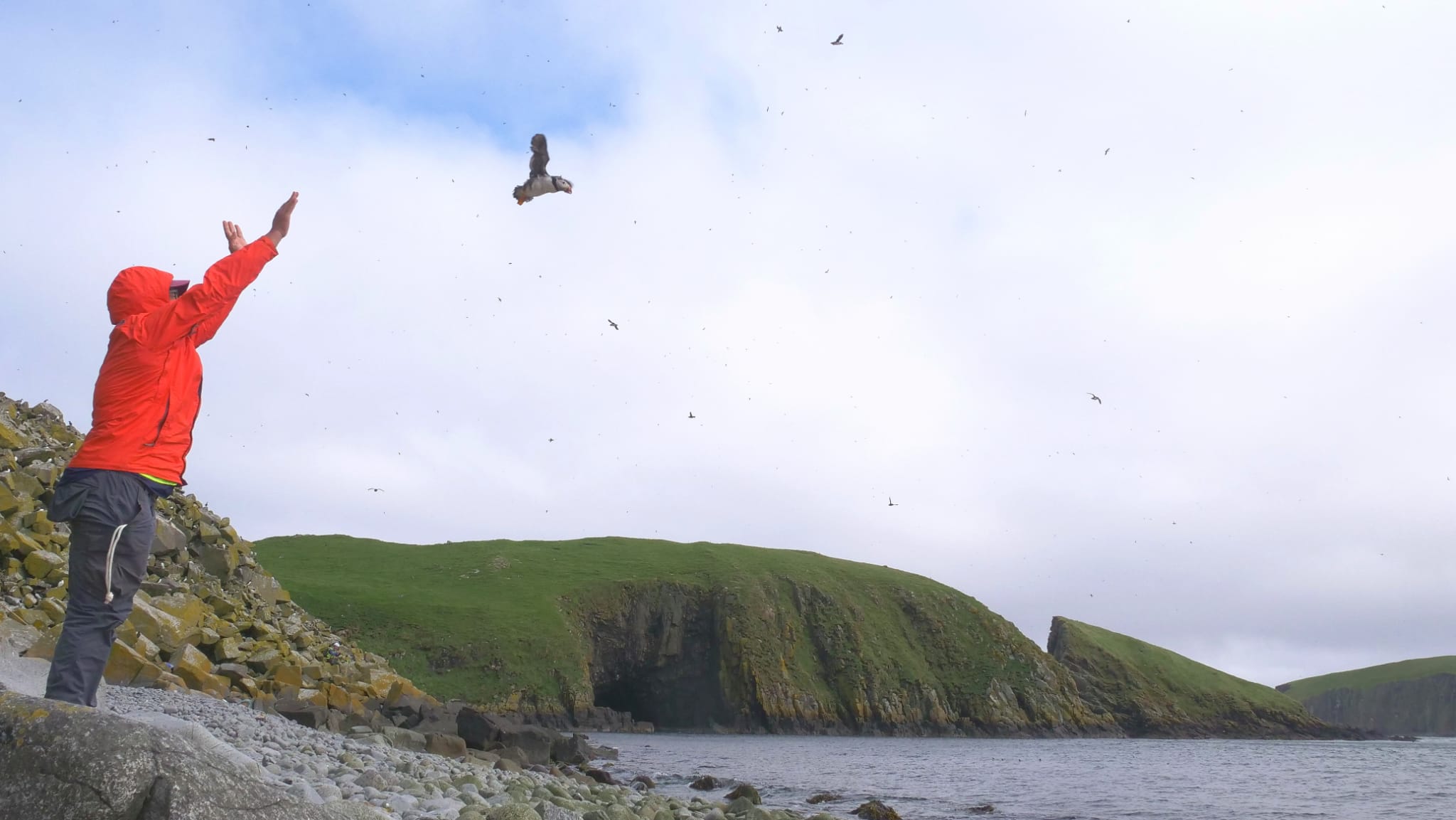
And of course, the wildlife. Species seen included white-tailed eagle (Haliaeetus albicilla), razorbill (Alca torda), common guillemot (Uria aalge), arctic tern (Sterna paradisaea), great and arctic skua (Stercorarius skua and Stercorarius parasiticus), european storm petrel (Hydrobates pelagicus), atlantic puffin (Fratercula arctica), european shag (Phalacrocorax aristotelis) among other nice birds!
I had the chance to ring species such as razorbills, guillemots, skuas, shags, artic terns, and puffins! All in all, amazing!
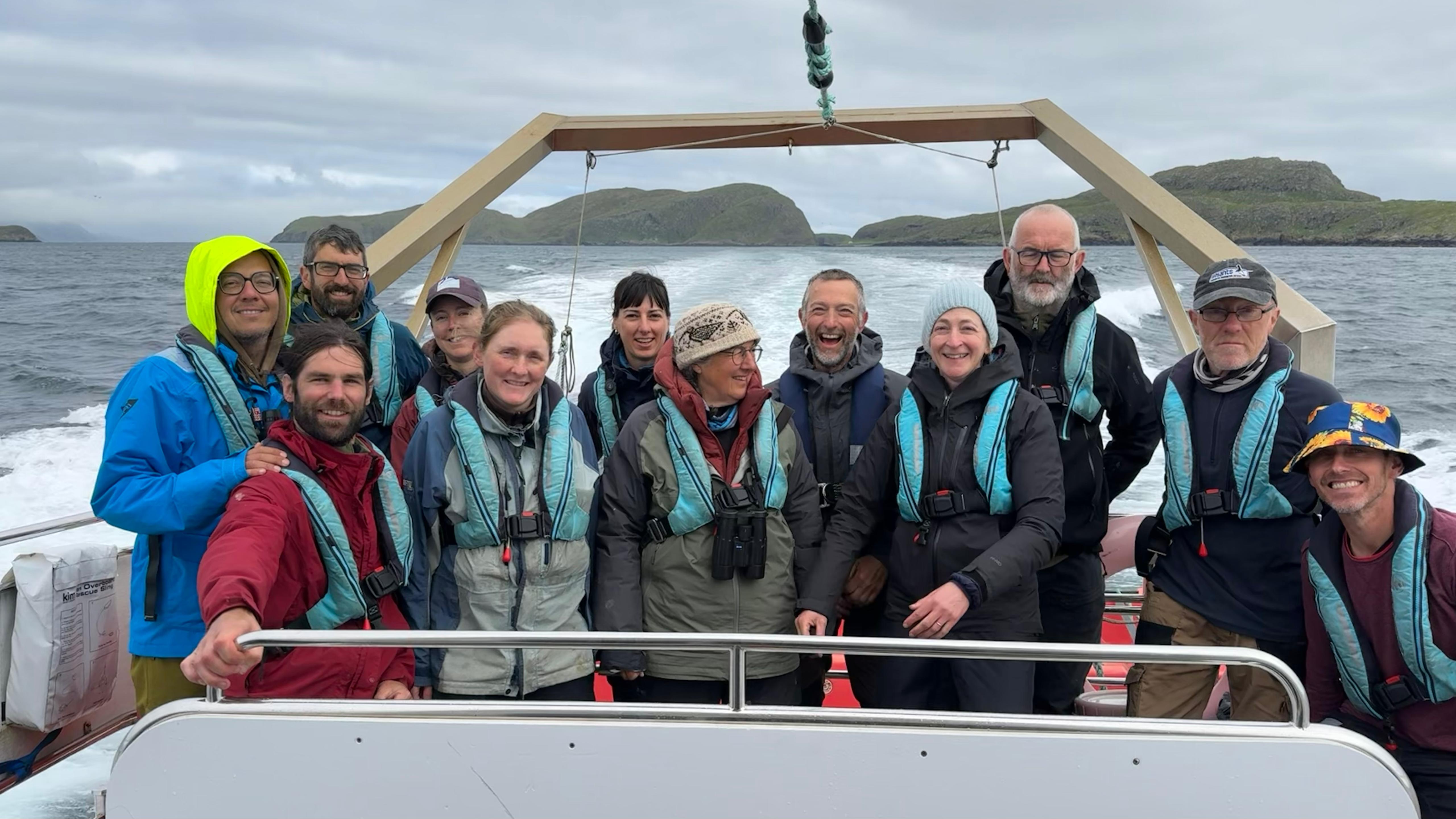
Thanks to Jim, Noelia, Rhys, Rhys2, Ian, Rosie, Dean, Sophie, Liz, Andy and Carole for the great times!




























